Get introduced into the multiple Burgundy wines and learn more in the BIVB wine school, in Beaune!

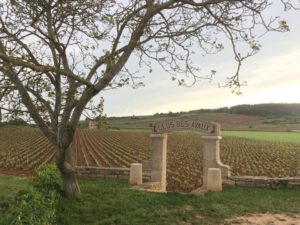 The Burgundy wines are famous worldwide and since ages. They are famous for their wide range of appellations, whose personality differ from one to another, and also evolve in your cellar, while passing ages. How to get the basics from this real Ali Baba’s cave? Many tools are possible, like safaris through wineries at the discovery of local methods, guided with experts.. but also wine schools, like the inescapable École des Vins de Bourgogne, in one of the Burgundy wines‘ main cities, Beaune (photo credits: BIVB).
The Burgundy wines are famous worldwide and since ages. They are famous for their wide range of appellations, whose personality differ from one to another, and also evolve in your cellar, while passing ages. How to get the basics from this real Ali Baba’s cave? Many tools are possible, like safaris through wineries at the discovery of local methods, guided with experts.. but also wine schools, like the inescapable École des Vins de Bourgogne, in one of the Burgundy wines‘ main cities, Beaune (photo credits: BIVB).

Located at the northern outlet of the Rhône river corridor, the Burgundy vineyards enjoy a rather temperate climate in connection with the vegetative cycle of mostly Chardonnay and Pinot Noir grape varieties.


Because of the great diversity of its vineyards, terroirs, appellations and its particular wine styles, those Burgundian vineyards may sometimes appear complex either for wine professionals and amateurs, willing to find useful landmarks. Especially in this rich and huge territory, pretty dependent on market trends, thus creating some floating vogues.. That’s why many events and initiatives are organized in order to orient and inform the Burgundy wines enthusiasts (photo credits: Alex Plato).
By the way, for getting more geographical information about those Burgundian vineyards, and more broadly other French appellations, or even practical tips on how to select and pair a wine with your diner, La Carte des Vins s’il vous plaît is made for you. This french start-up proposes a collection of guides, posters and tasting aids about the vineyards of the world.
At the origins, the two founders Jules Gaubert-Turpin and Adrien Grant Smith Bianchi noticed there was a real lack of modern and aesthetic supports regarding oenology contents. That’s why, in 4 years, they decided to publish not less than 4 guides in 4 languages and mapped 92 vineyards, grouped in large size wine map posters or in their World Wine Atlas. The occasion to discover the wide variety of Burgundy wines and of course find the best millesimes!
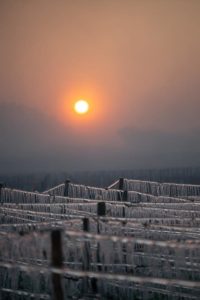
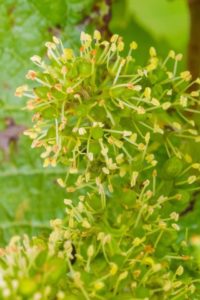
Thus, don’t forget that all of random vineyards face countless risks throughout the years, depending on climatic variations, varying from one year to another. Consequently, three parameters define the vintage notion, namely annual rainfall, sunshine and temperature. Therefore, some specific years develop very distinct personalities with different temperatures, vegetative cycles or even bad weather, de facto governing the upcoming profile and personality of those wines. Thereafter, the millesimes correspond to the year of birth of the related wines and is logically almost always specified on the bottle labels.

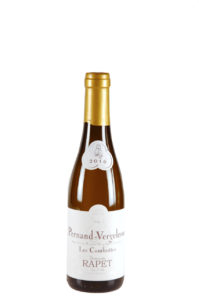 Thus, a first category of white Burgundy wines are lively, light and fruity. They hold a golden crystalline color adorned with green reflections, including aromas that are generally expressed very early in time, especially on fruity and white flowered notes. These wines can be easily be paired with starters, salads and fishes.
Thus, a first category of white Burgundy wines are lively, light and fruity. They hold a golden crystalline color adorned with green reflections, including aromas that are generally expressed very early in time, especially on fruity and white flowered notes. These wines can be easily be paired with starters, salads and fishes.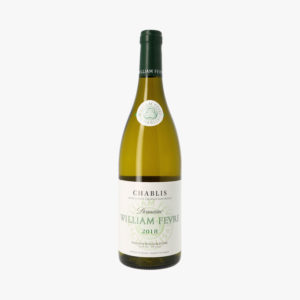 Then, we can find other firm, tight and mineral white wines in Burgundy, mainly distinguished by their shades of pale gold and green reflections. Essentially displaying generous citrus notes, with a bit of iodized notes, they are ideal for accompanying fine fish, oysters and any other type of seafood dishes.
Then, we can find other firm, tight and mineral white wines in Burgundy, mainly distinguished by their shades of pale gold and green reflections. Essentially displaying generous citrus notes, with a bit of iodized notes, they are ideal for accompanying fine fish, oysters and any other type of seafood dishes.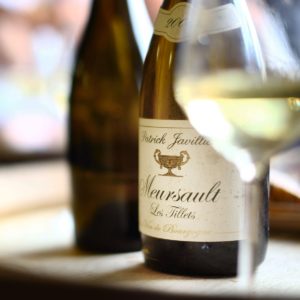 Finally, the last but not least aspect of Burgundy white wines’ category, would be felt as ample, round and powerful, still with a couple of reflections, revealing a deep and complex nose. A mixture of softness and minerality, which would perfectly match with the finest and most elaborate dishes, such as lobster.
Finally, the last but not least aspect of Burgundy white wines’ category, would be felt as ample, round and powerful, still with a couple of reflections, revealing a deep and complex nose. A mixture of softness and minerality, which would perfectly match with the finest and most elaborate dishes, such as lobster.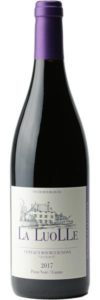
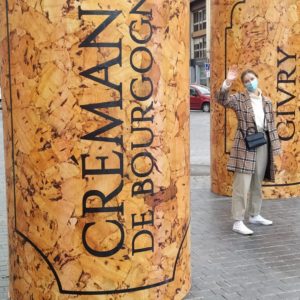 In parallel, you may also find your happiness into some beautiful red red wines…
In parallel, you may also find your happiness into some beautiful red red wines… 
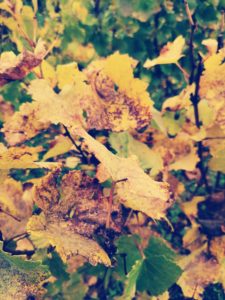
In addition, there are other kinds of supple red wines, enriched with a brilliant and limpid ruby robe, to express aromas of red fruits, including plum and morello cherry flavors. This alloy offers a silky finish, that would allow you to accompany simmered dishes, including poultry.
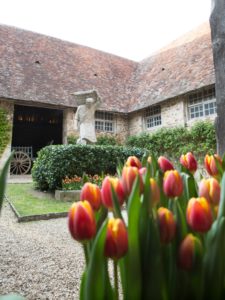

At last, the section of solid and tannic red wines is dressed in an intense garnet red color, full of wild black fruits aromas, eventually to marry with a gastronomic universe. The Mercurey appellation, spread over 600 hectares (150 hectares of premier cru), represents it well with its Chardonnay and Pinot Noir grape varieties.

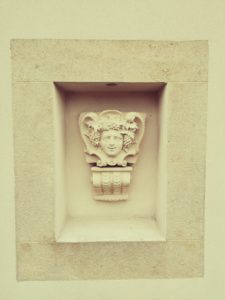
For example, many prestige wine houses opens its doors to those visitors, in the occasion of private visits, like the Maison Louis Jadot, although this Beaune domain normally hosts very few guests and only possible on booking.
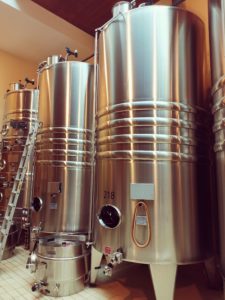
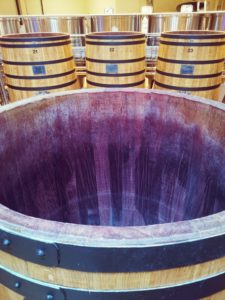
Depending on their desires, the passing visitors would surely be amazed to have a deepened by a wine sampling at the end of the visit. Revealing the long history of this Burgundy winery, which exports most of its production to North-America, where it’s much appreciated and renowned.
The Maison Louis Jadot was founded in 1859 and has been evolving, since then, both its own vineyards (on a surface of 250 hectares but with various plot sizes) and also buys grapes from other growers. It’s vine properties extend from Burgundy (including Beaujolais Crus), where it only produces Appellation d’Origine Contrôlée (AOC) wines, through the Mâconnais region, with the Domaine Ferret in Fuissé and until the Beaujolais region, within the Moulin à Vent and also its Château des Jacques.
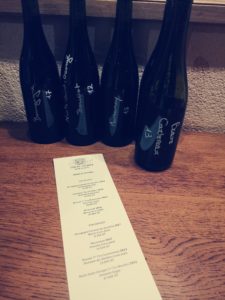

Finally, since 1996, the Maison Louis Jadot launched a partnership with the Tonnellerie Vicard and created its own cooperage, baptized Tonnellerie Cadus, in order to produce French oak barrels crafted in the Burgundian tradition.
At the occasion of the celebration of the Jadot’s 150th anniversary, a special cuvée was launched through a blend from several Premier Cru Climates within the Beaune appellation. A series initially inaugurated with the 2009 vintage, so successful that it has been followed-up in special years such as 2012, 2015 and now the dedicated release of 2018. This collector bottle offers a very smooth and silky texture, through a set of crunchy red berry notes on a light vanilla, in the background.
Maison Louis Jadot, 62 Route de Savigny, 21200 Beaune (France) / Phone: 00 33 (0)3 80 22 10 57
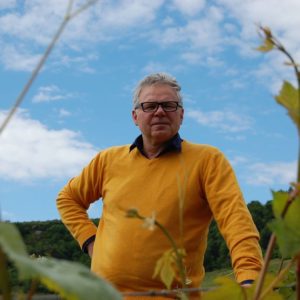 Otherwise, why don’t you get tempted by the delicious creations of Jacques Bavard? This former Parisian restaurateur, displaying his own vision of Burgundy gastronomy, among a wine selection, coming straight from historic estates and personal discoveries. After a deep reflexion in this inspiring cellar, Jacques Bavard decided to lead the second part of his life coming back to his own roots in Puligny; where we acquired the family domain in 2003 (photo credits: Jacques Bavard).
Otherwise, why don’t you get tempted by the delicious creations of Jacques Bavard? This former Parisian restaurateur, displaying his own vision of Burgundy gastronomy, among a wine selection, coming straight from historic estates and personal discoveries. After a deep reflexion in this inspiring cellar, Jacques Bavard decided to lead the second part of his life coming back to his own roots in Puligny; where we acquired the family domain in 2003 (photo credits: Jacques Bavard).
Establishing his first vintage in 2005, this wine adventurer decided to transmit his heritage of excellence, supporting a selection of grapes, that are vinified and aged in the ancestral cellars.
Briefly, their daily hard work relies from March with plot monitoring and then follows the vegetative development every three weeks on average. As a passionate winegrower involved in his estate, Jacques Bavard prefers harvests enhancing freshness and minerality for the white grapes, along optimum maturity (without random excess) for the red ones, in order to preserve the inner structure. Adding to this, their plots are not assembled, and their purchases are limited to a maximum of 10 pieces.
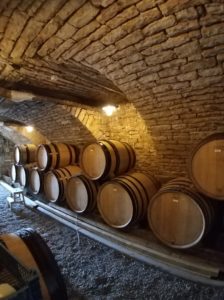 As far as we know, a great care is taken at all times of the harvest, while a cautious sorting in the vineyard and upon receipt in these vaulted cellars, to ensure an irreproachable sanitary quality.
As far as we know, a great care is taken at all times of the harvest, while a cautious sorting in the vineyard and upon receipt in these vaulted cellars, to ensure an irreproachable sanitary quality.
For your information, the white grains are matured in 350l barrels for the most part, 12 months fully made in wood along a real blending, extending from 4 to 6 months in stainless steel vats, in order to give to wine its full expression. The result is an aromatic structure spread through their wines, a cold maceration for 10 to 12 days, pouring into same proportion of new barrels as for the white grapes.
Nonetheless, their wines are fined to allow them to reveal their full aromatic potential, and a very light filtration is applied if necessary, in order to avoid any tasting drifts relating to the presence of proteins. Their wines are bottled under Aligal, a neutral typed gas, and a great care was brought on a top quality cork.
By the way, each wine has its own characteristics, resulting from the unique elements that form the terroir of each plot, such as the clay-limestone soil of Puligny-Montrachet which provides to white wines a mineral and an elegant texture which has made their reputation.
Don’t miss that their wines, from the Chardonnay grape variety, result from moderate yields, with a slow and long fermentation, with a delicate nose of white flowers that reveal as really powerful, responding to one of the most beautiful Chardonnay expressions.
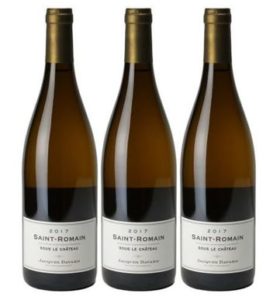 Without forgetting that the Pinot Noir selection is aged in the genuine Burgundian tradition in oak barrels, presents a bright ruby color, strong of fine tannins, aromas of small red fruits, and black cherries.
Without forgetting that the Pinot Noir selection is aged in the genuine Burgundian tradition in oak barrels, presents a bright ruby color, strong of fine tannins, aromas of small red fruits, and black cherries.
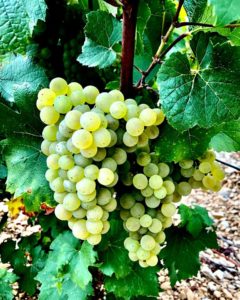
 Then, when it comes to Chablis, think about the selection of the Jean Durup family. This long generation of winemakers have been following from father to son, operating vines in Chablis since 1560. For instance, from a heritage of 2 hectares of vines until the actual 170 hectares, Jean Durup reconstituted the vineyard around the Château de Maligny, where his ancestor Paul Gally stayed in the 19th century.
Then, when it comes to Chablis, think about the selection of the Jean Durup family. This long generation of winemakers have been following from father to son, operating vines in Chablis since 1560. For instance, from a heritage of 2 hectares of vines until the actual 170 hectares, Jean Durup reconstituted the vineyard around the Château de Maligny, where his ancestor Paul Gally stayed in the 19th century.
Nowadays, the properties of the Durup family own one of the highest proportion of well-exposed vines in Burgundy, enriched with a stony soil and very steep slopes, guaranteeing an exceptional quality of the wines. Furthermore, their production covers the Petit Chablis, Chablis and various Chablis 1er Cru appellations, located on the steepest terroirs with the poorest soils, increasing its quality factor.
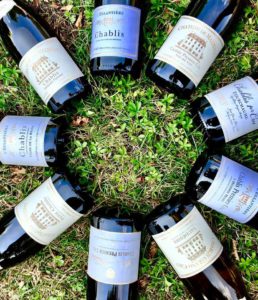
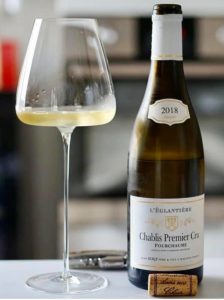 Moreover, the vinifications are carried out in the purest tradition of the surrounding terroir, so to say in vats, in order to preserve the natural aromas of these wines, full of Chardonnay, which is the only grape variety authorized to produce Chablis.
Moreover, the vinifications are carried out in the purest tradition of the surrounding terroir, so to say in vats, in order to preserve the natural aromas of these wines, full of Chardonnay, which is the only grape variety authorized to produce Chablis.
Concretely, let’s get into the Chablis 1er cru Fourchaume 2018, anchored in L’Eglantière domain, strong with a vinification combining technical innovations and respect the secular tradition, still in vats regarding the Chablis tradition. Thus, the main part of this appellation is concentrated in the town of Maligny, located in famous localities of Ardillier, Grande Côte, Bois Séguin and L’Homme Mort (photo credits: Yann de la Calle/Jean Durup).
 In fact, these vineyards hold mainly with a western orientation, while some other plots face the southern side and are generally located in small valleys, whose microclimate favors a certain concentration and richness.
In fact, these vineyards hold mainly with a western orientation, while some other plots face the southern side and are generally located in small valleys, whose microclimate favors a certain concentration and richness.
The result is a round and supple wine, with a good structure typical of the Chablis Premiers Crus, thanks a sweet hawthorn fragrance, followed by a hint of lemon, before a round and flexible personality in your palate. In fact, this wine would easily gain by aging a few years to express itself, at its real value and let you feel its inner acidity. Last but not least, like other white wines, this Chablis 1er Cru wonderfully matches with fine fish dishes.

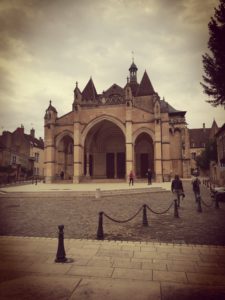
A good material to start your training at the École des Vins of Beaune, as one of those promotion organs for the cause of those Vins de Bourgogne. Created in 1974 in the heart of the vineyard, this new age school, is registered as an official training center and also by Atout France as travel operator. Thus, it proposes a dozen of different formulas, from 2 to 5 days, flexible according to your centers of interest, time and financial resources. Along these, various oenological journeys and tailor-made courses are also offered in many languages for groups (photo credits: Alex Plato).

 The programs are fully illustrated by interactive or blind tastings, of Burgundy wines, straight from the prestige cellars of the BIVB. This huge and precious wine reserve is a real treasure, supplied by the selected contributions of the local wineries. Then, you would have an experience of the best Burgundy wine bottles to complete the theory given by oenologist experts, in 2 high-tech amphitheater classrooms.
The programs are fully illustrated by interactive or blind tastings, of Burgundy wines, straight from the prestige cellars of the BIVB. This huge and precious wine reserve is a real treasure, supplied by the selected contributions of the local wineries. Then, you would have an experience of the best Burgundy wine bottles to complete the theory given by oenologist experts, in 2 high-tech amphitheater classrooms. 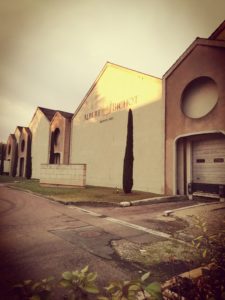
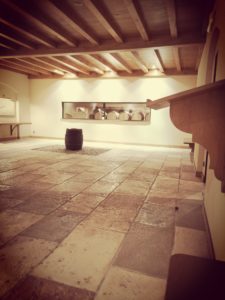
During your tuition, visits of local wineries are also possible, where you would admire behind the scenes… and then better understand the work achieved in and around, by winemakers. This sightseeing may also be extended in the grapevines and in many other typical sites, dedicated to this so coveted regional exchequer (photo credits: Alex Plato).
You may witness on the spot that the winemaker‘s touch plays a lot naturally in the development of his product and thus, his brand image. This results varies regarding the choice of vine plots, grape varieties, organic cultivation, plus the selection of the proper harvest date or the planting density. And the more in compliance with regulations and as well an authentic collective tradition.
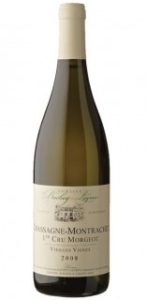
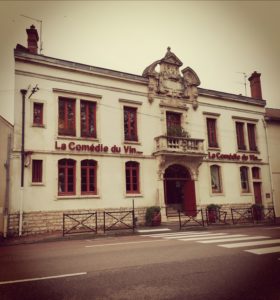
Another strong part of the tuition, how to pair your meal with wine… Always a long dilemma!
The food and wine pairing basic notions are also mentioned throughout a workshop around classic dishes such as foie gras, which the usual codes of service may be broken, thanks to a sweet wine. For instance, this session may be settled in the Comédie du Vin, still in Beaune. This former municipal Casino, hosts now many events around winery thematics (photo credits: Alex Plato).
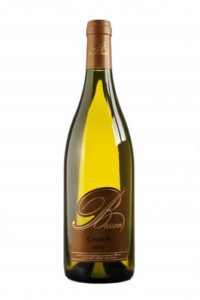
 Then, to match with an other classics, either a marinated or smoked salmon, why not a Chablis Premier Crû ? This time, this Chardonnay developed by the Domaine Besson, for 18 months, in stainless steel tanks.
Then, to match with an other classics, either a marinated or smoked salmon, why not a Chablis Premier Crû ? This time, this Chardonnay developed by the Domaine Besson, for 18 months, in stainless steel tanks.
This aerial wine contrasts with the Puligny-Montrachet Premier Crû 2016, from the prestigious Domaine Louis Latour, fermented in oak barrels, for 8 to 10 months. For your information, the origins of Maison Latour in Burgundy date back to 1787, more precisely in Aloxe-Corton and then subsequently built up an estate of 50 hectares in total. In the village of Aloxe-Corton, this juicy family also owns the Château and the Corton Grancey winery. Dating from 1834, this winery was at the time the only building of this type built for wine purpose.In 1997, year of celebration of its bicentenary, the Louis Latour house was admitted into the very closed circle of the Henokians. This club brings together companies from all continents, which have been family-owned for 200 years or more and still bear the name of their founder.
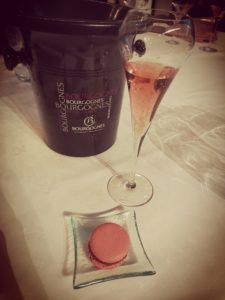
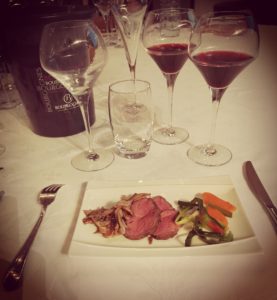
Here, another scenario offered by an ox and its vegetables, typically served in Burgundy restaurants.
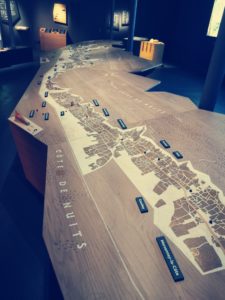

If you would go deeper into the rich Burgundy vineyard heritage, and especially its legendary Burgundy Climates (registered at the UNESCO list), we advise to have a tour at the small but informative, Maison des Climats in Beaune.
This intimist setting, facing the Beaune Tourism Office, offers in particular a digital fresco, adorned with a soft sound design, along a map over 9 meters long, showing the Côtes de Nuits and Beaune vineyards. This space explores many facets regarding history, toponymy and geology of those Climates. Some additional information files complete your discovery path, as well as on emblematic places of this historic construction.
Thereafter, a selection of digital devices enrich this scenographic installation, thanks to new sound modules and tactile tablets, available on the way.
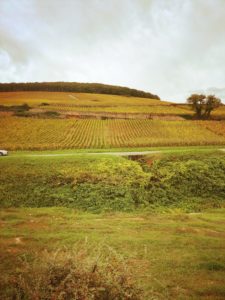
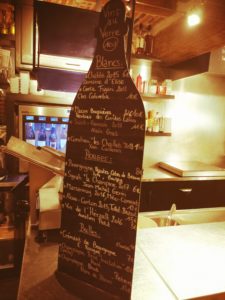
A real opportunity to learn more about this wide and complex territory, before visiting any future vineyard landscapes, this exhibition is a very good introduction to any wine sampling or further sightseeing.
Through a short film, a large model of the vineyards and a historical frieze, the Maison des Climats provides the keys to better understand how the notion of terroir, notably in the Côte d’Or department, was built over 2000 years… and to discover all cultural and patrimonial heritage, resulting from this.
The added value of this permanent exhibition is a real pedagogical tool and otherwise to offer, in addition to 10 digital tablets, for a simple and fun discovery from the realization. In an other hand, thanks to an augmented reality equipment, everyone may visualize the 1247 Climates‘ names, observe the different appellations areas, while admiring the historic monuments and traveling through the ages.
Maison des Climats / Porte Marie de Bourgogne, 6 Boulevard Perpreuil, 21200 Beaune (France) / Open everyday from 9.30am to 12.30pm and from 1.30pm to 6pm / Free entrance / Phone : 00 (33) 3 80 20 10 40.

Once ready for some vineyard trips that would lead you as well to a farandole of other bucolic points of interest, such as staples of gastronomy and events.
“You have to learn oenology so you don’t have to use it.” Louis Jaillet
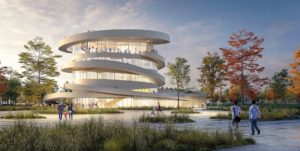
A good waiting transition before the arrival of the Cité des Vins et des Climats de Bourgogne that would be soon inaugurated in Beaune! The opening to visitors to this huge museum, dedicated to the Burgundian winery, is announced during the summer of 2021.
The visit of this futuristic building, would include a tour, workshops, temporary exhibitions, shops and information spaces… The architect Emmanuelle Andreani and the Groupe Rougeot will design the future Beaune ensemble, in a style that evokes the tendril of the vine wrapping around the trellis wire. The binomial, contracting with the City of Beaune, will work in close collaboration with the Burgundy Wine Interprofessional Office (BIVB) and the Climats de Bourgogne vineyard association.




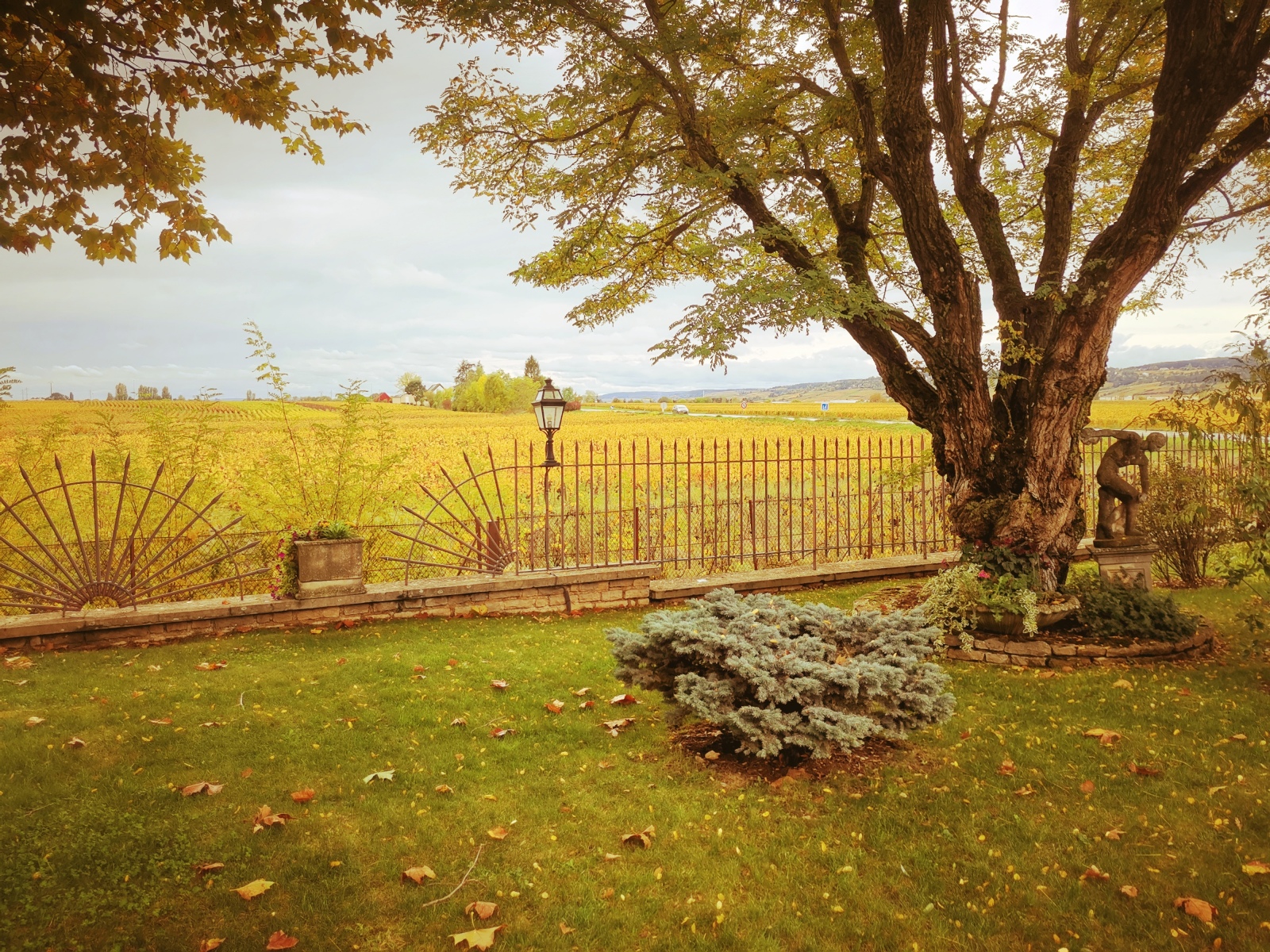

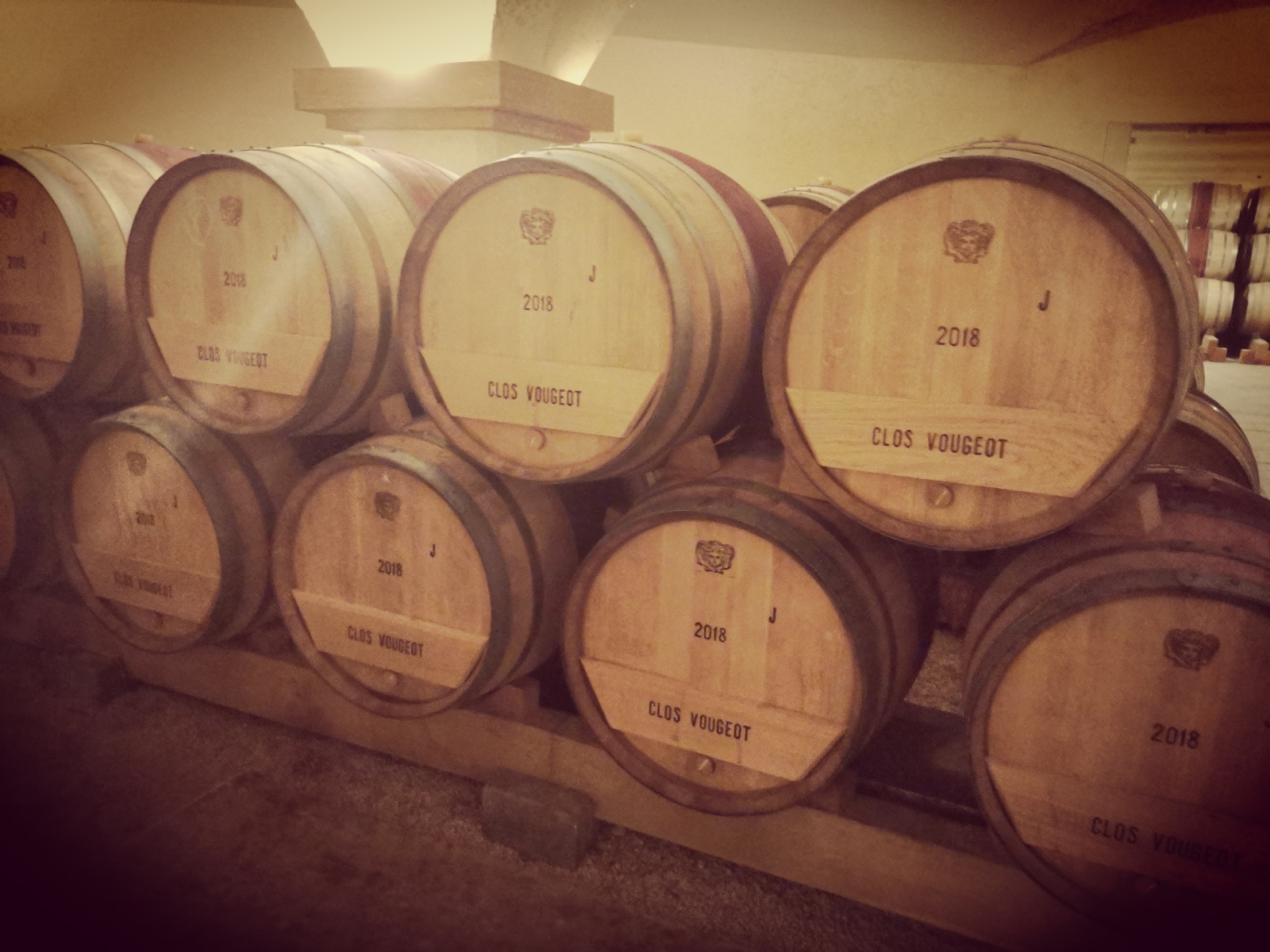
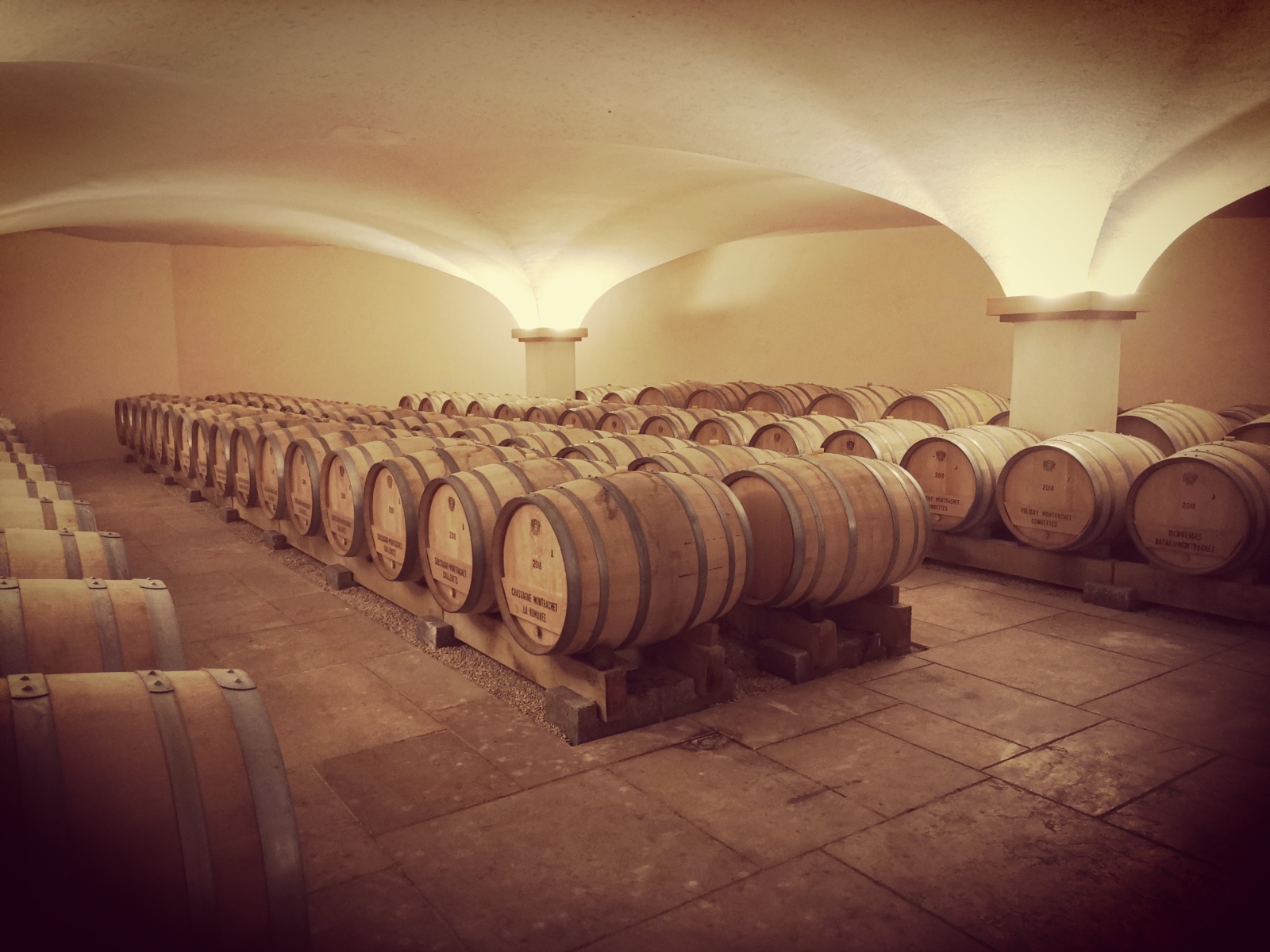
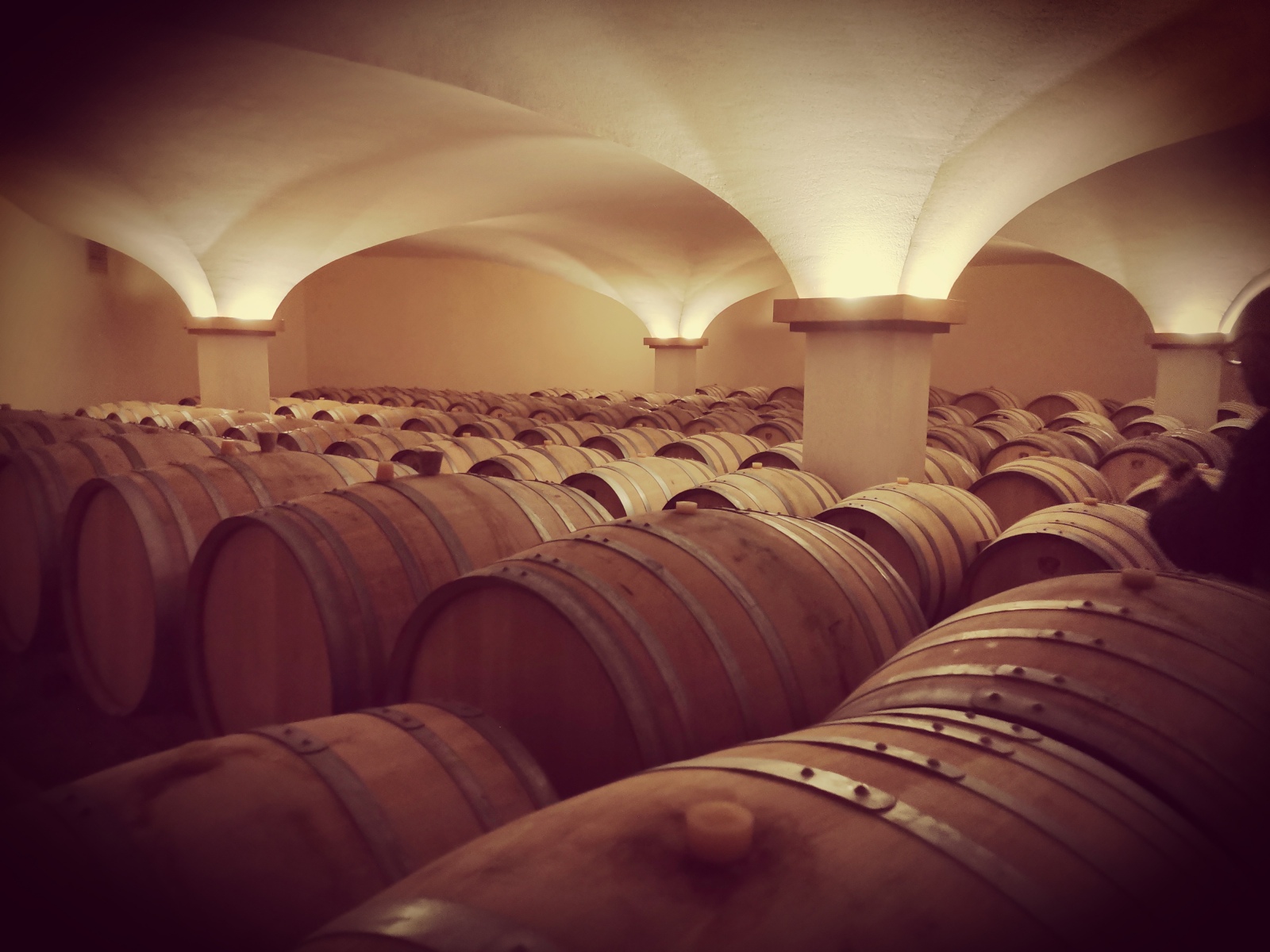
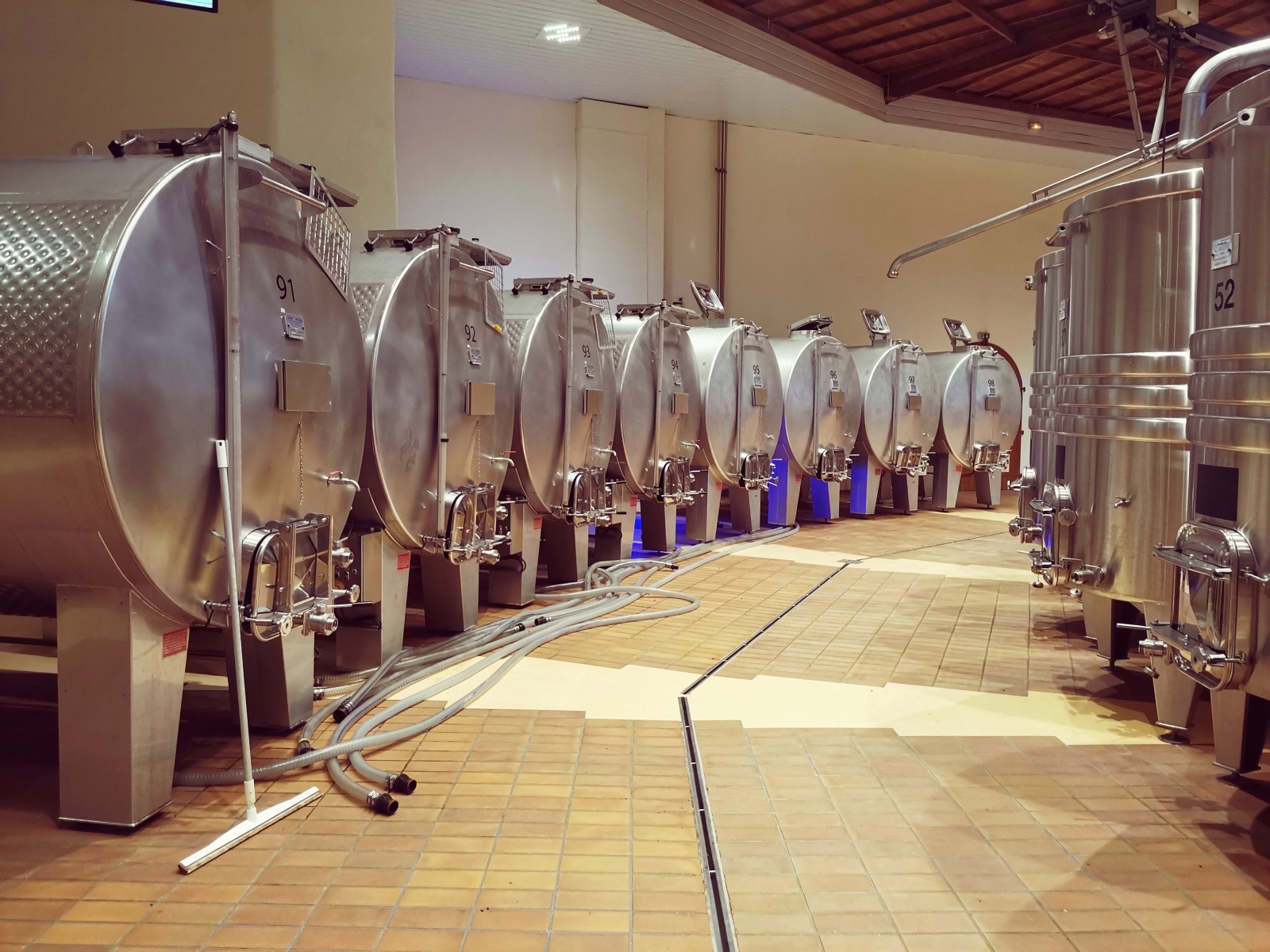
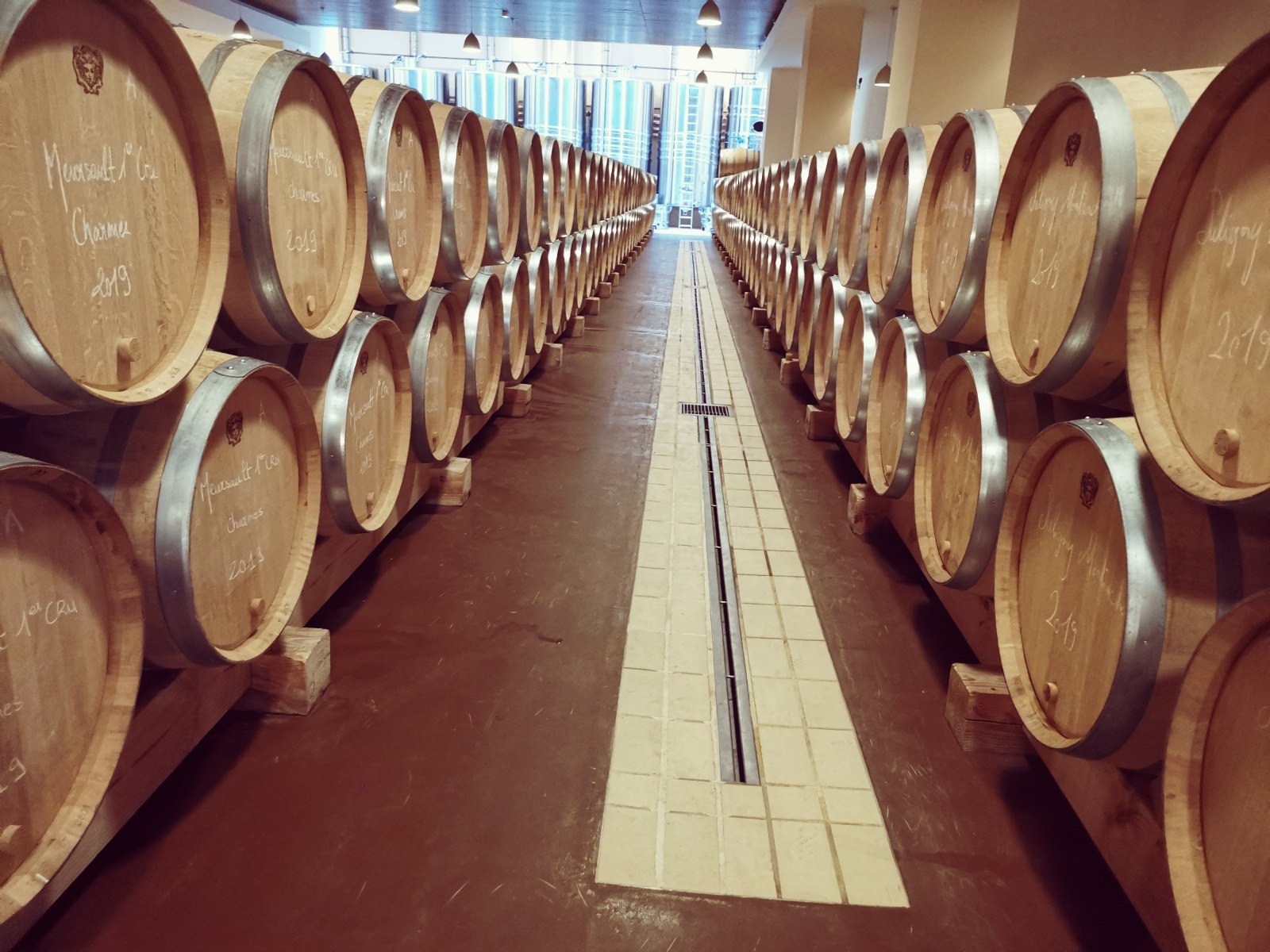
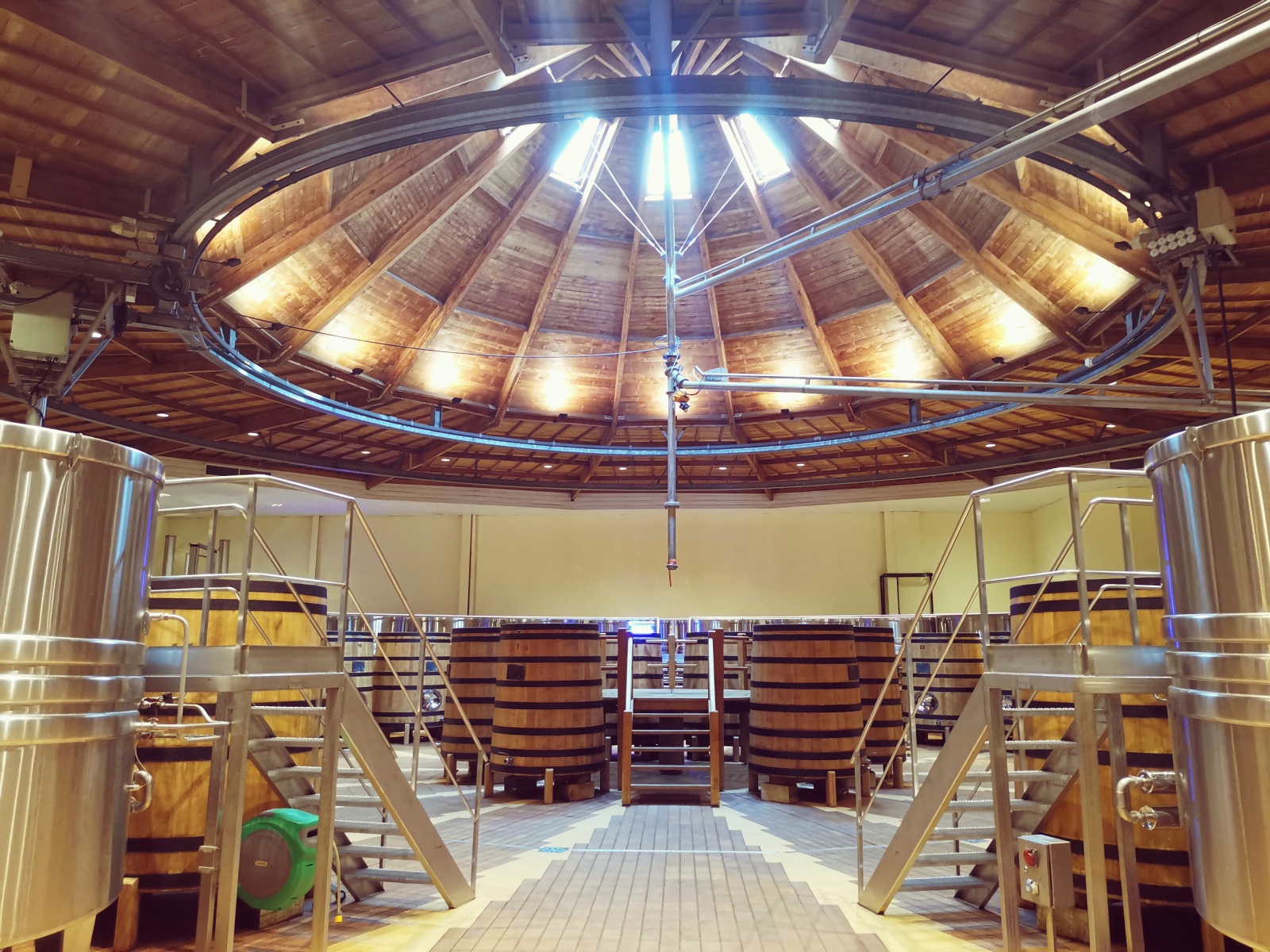
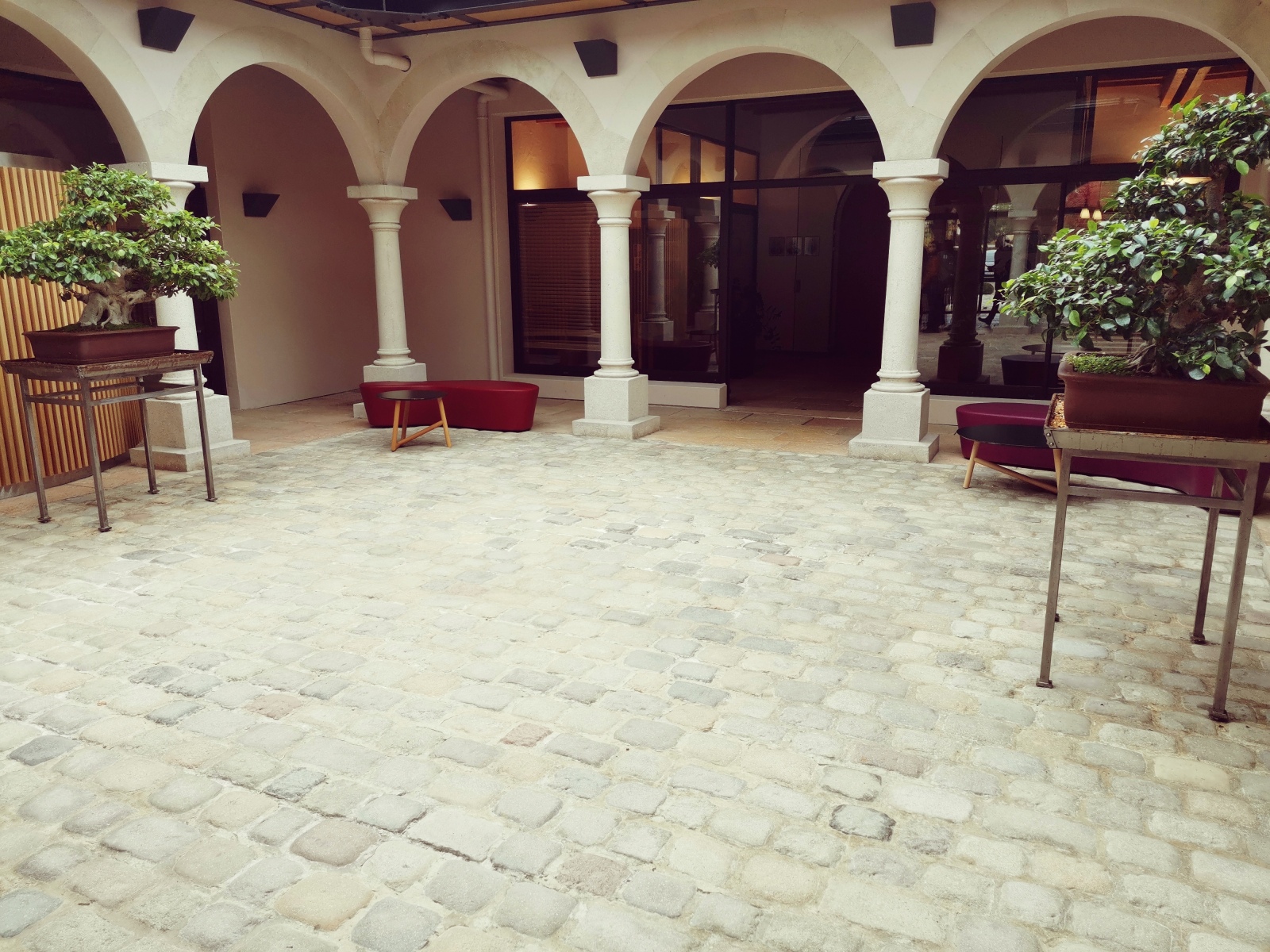
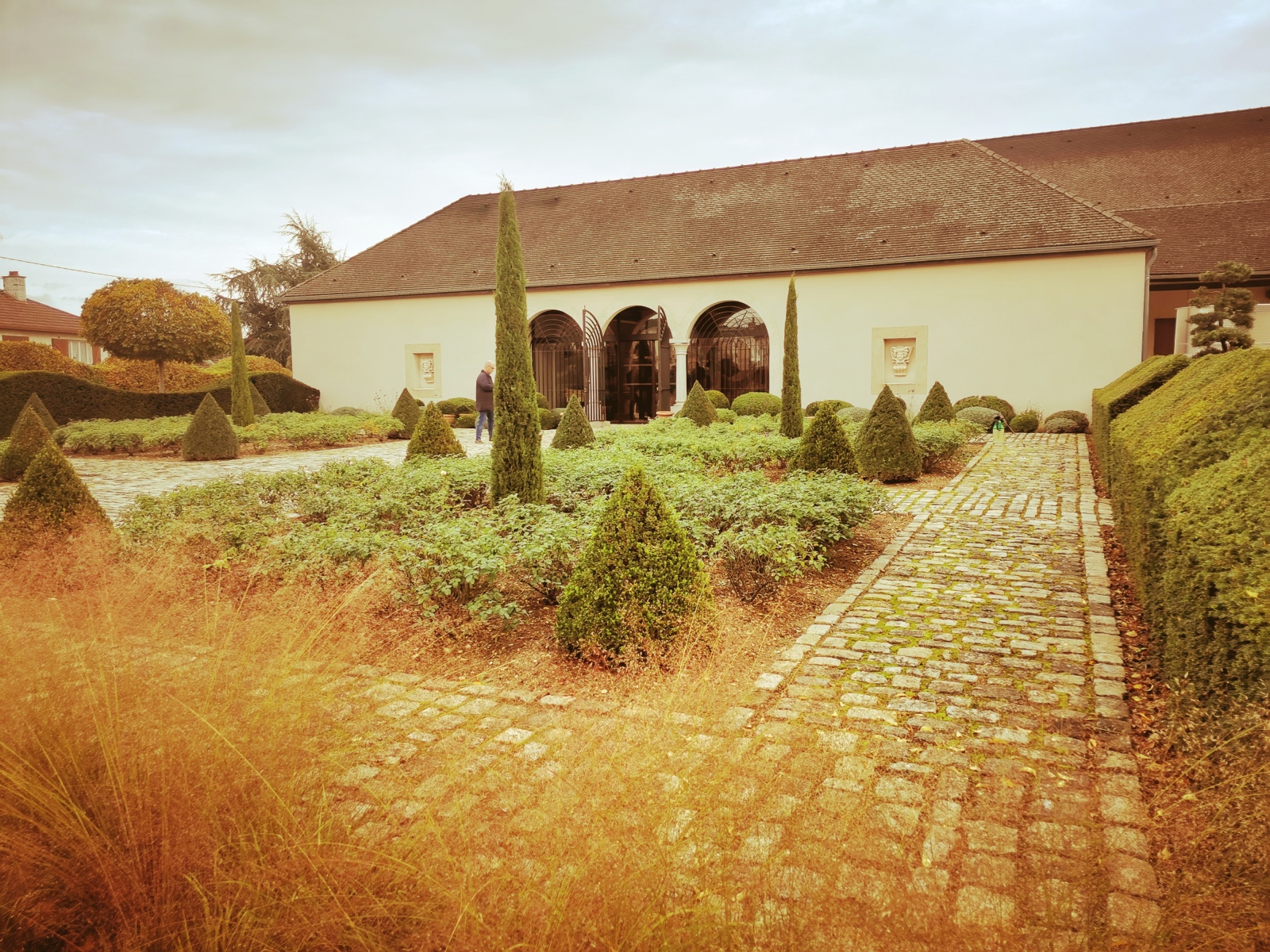
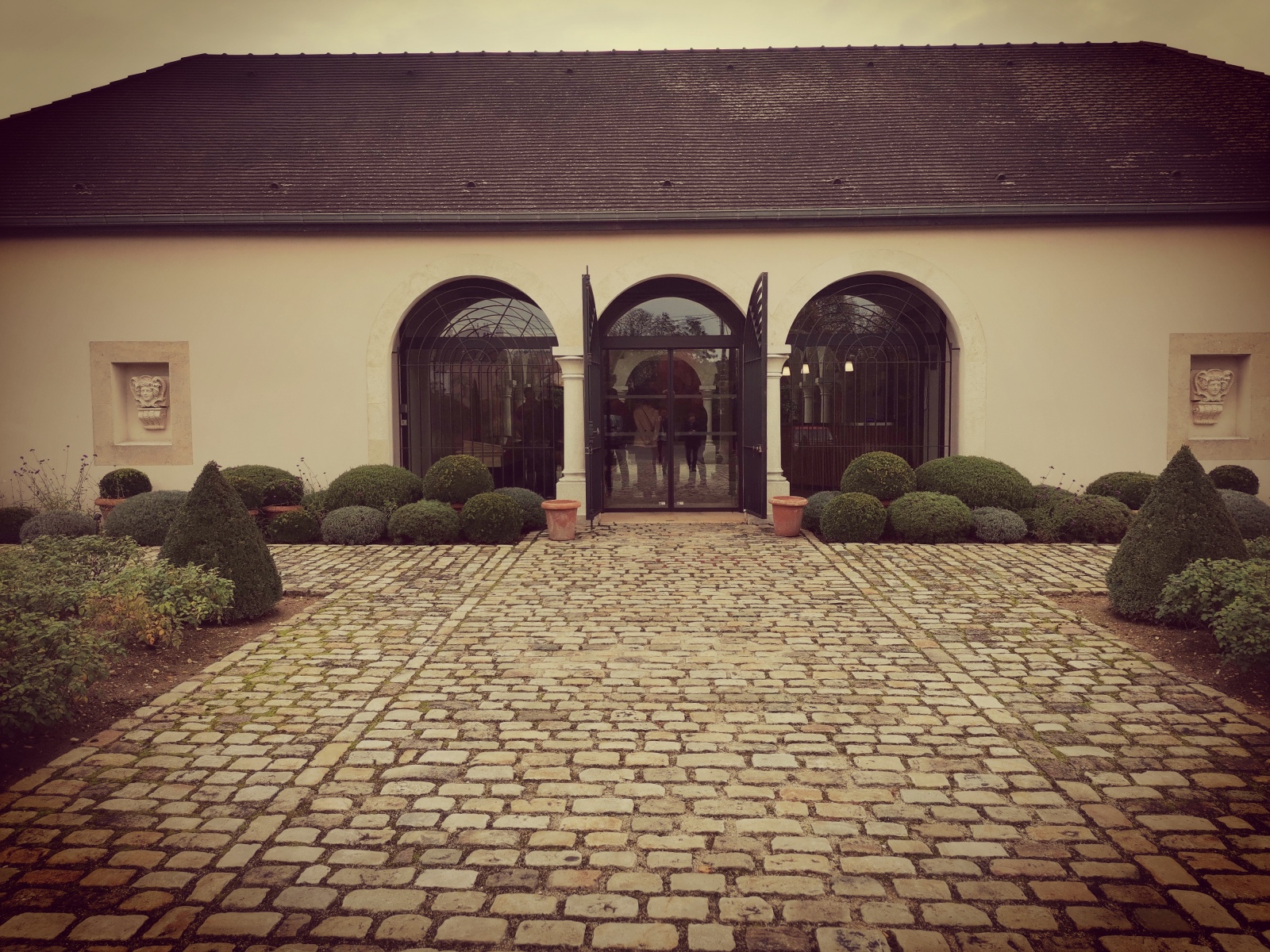
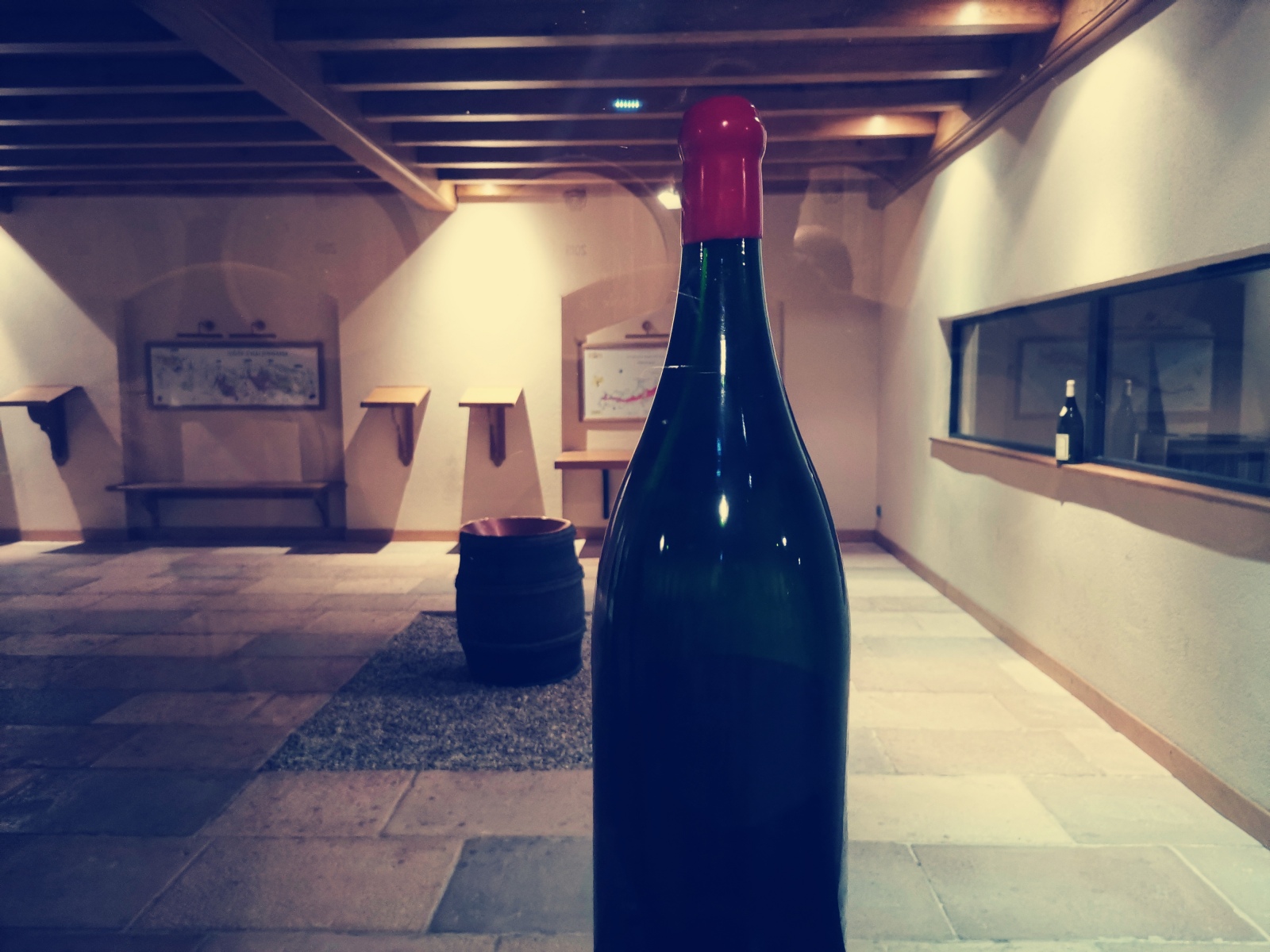
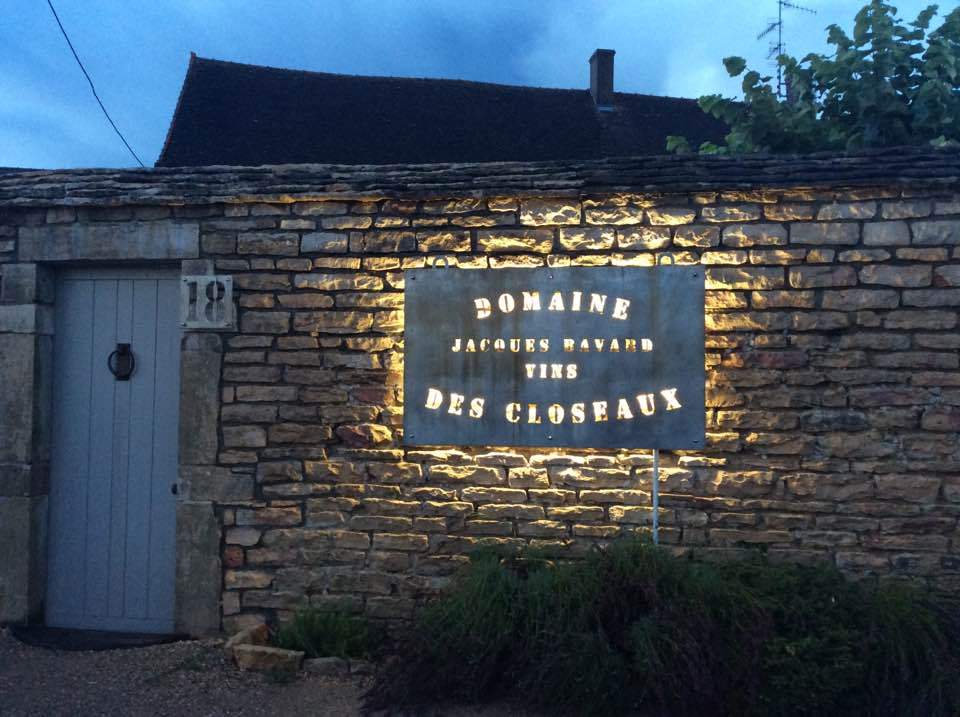

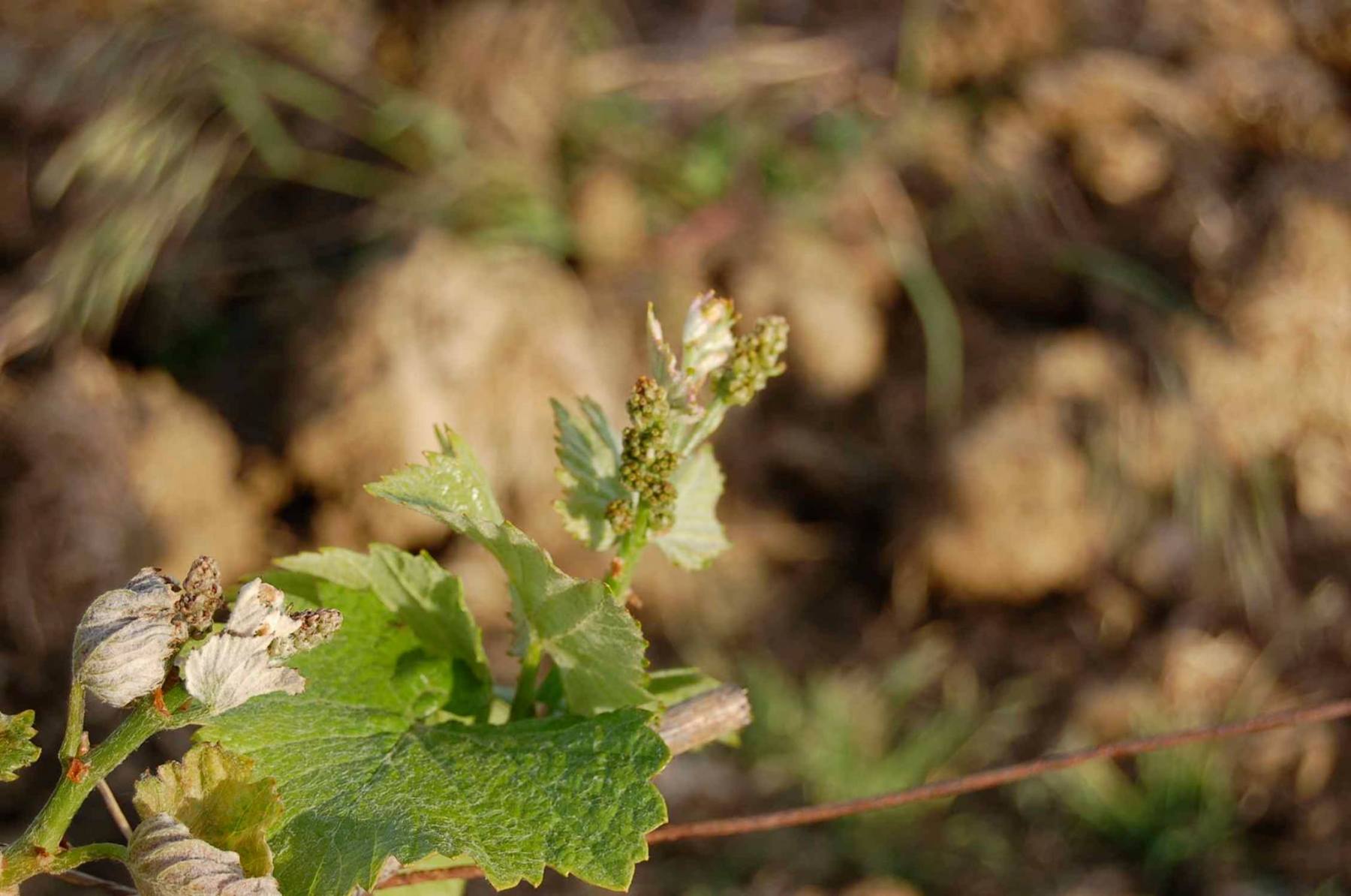
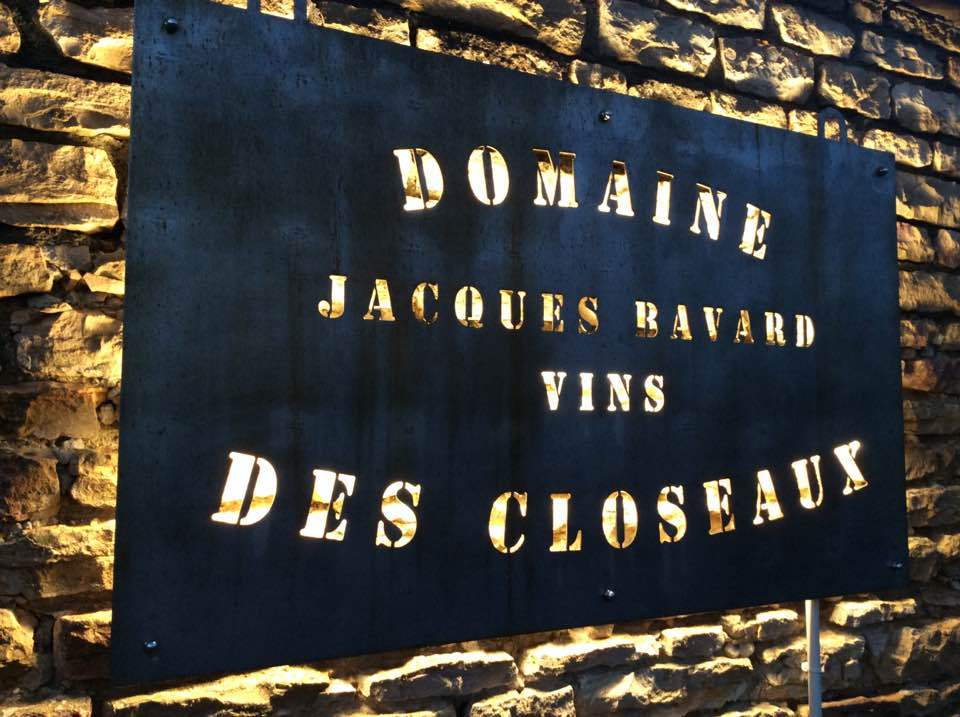
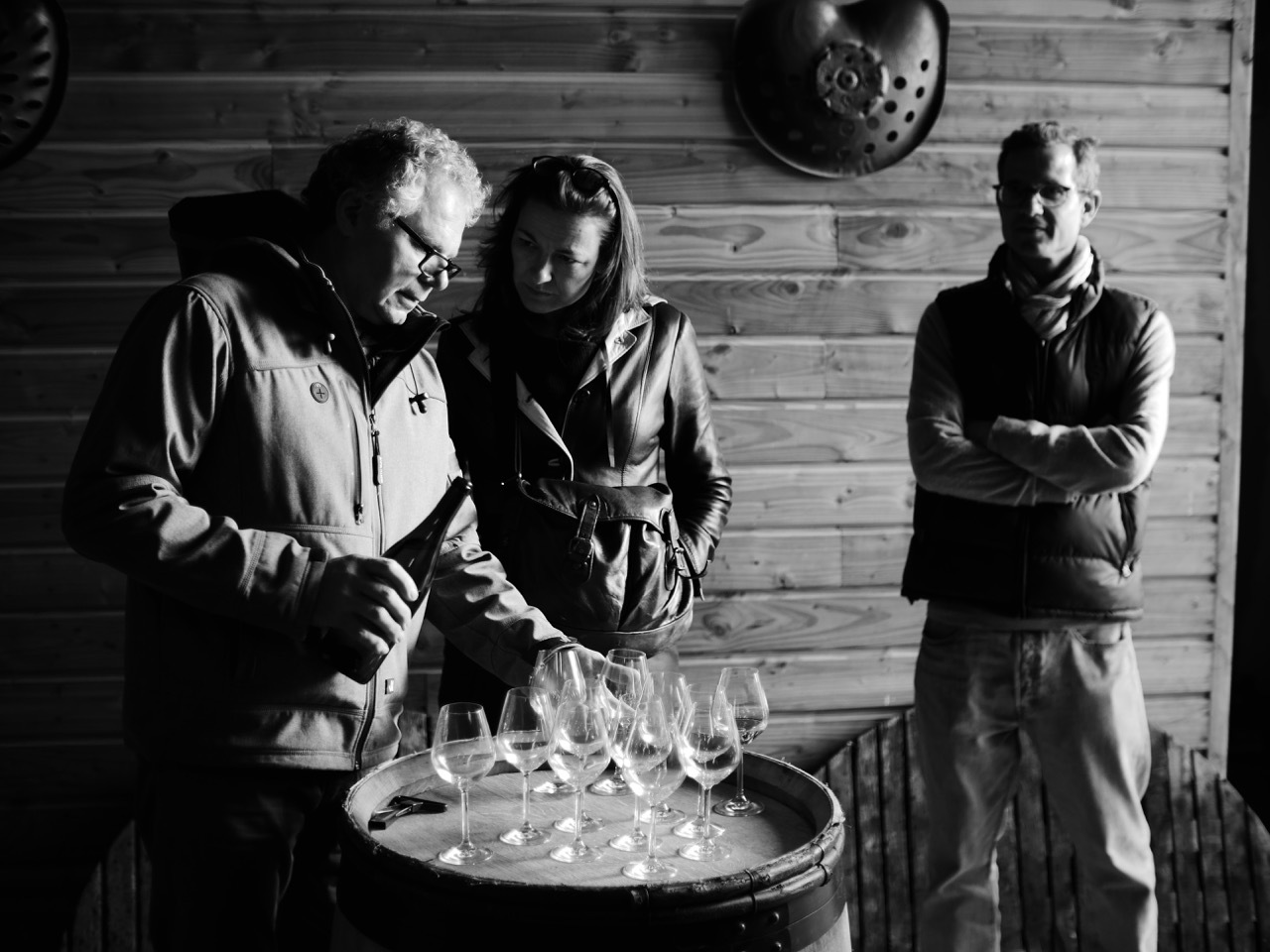
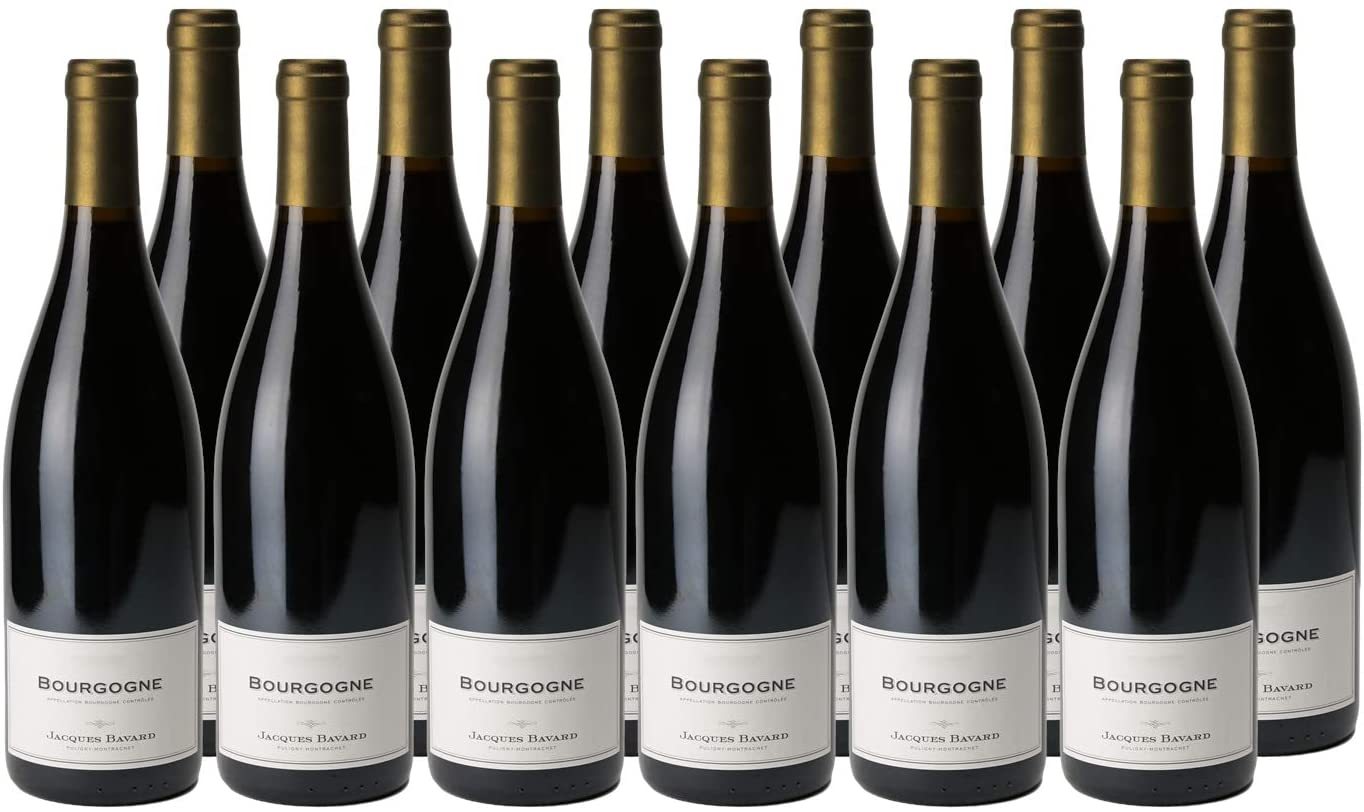

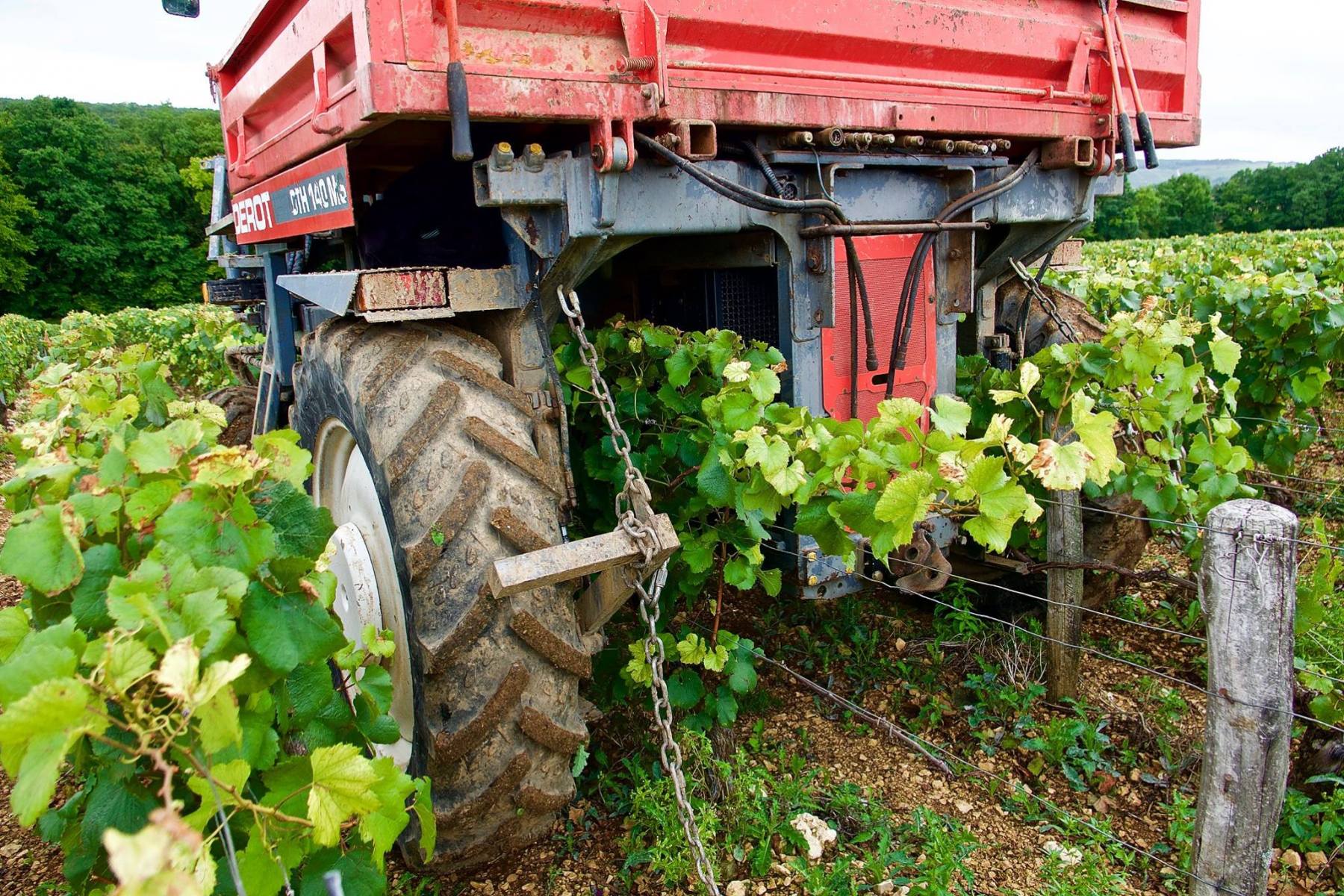
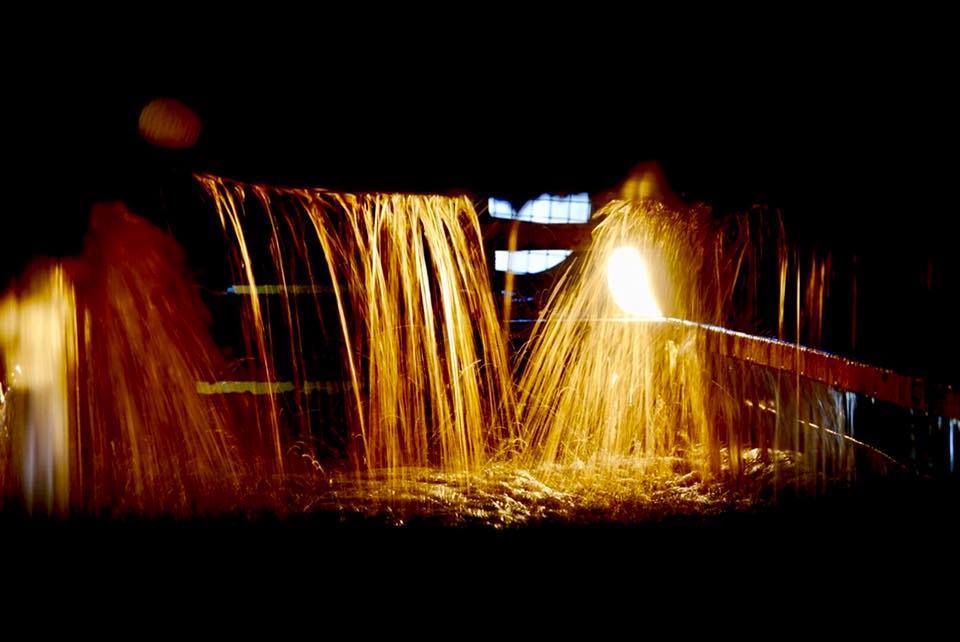

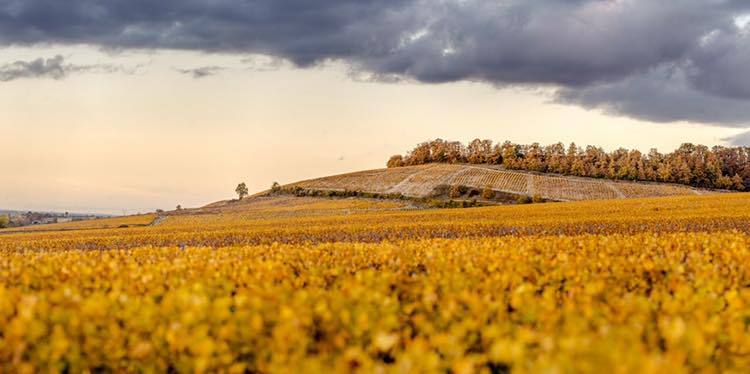

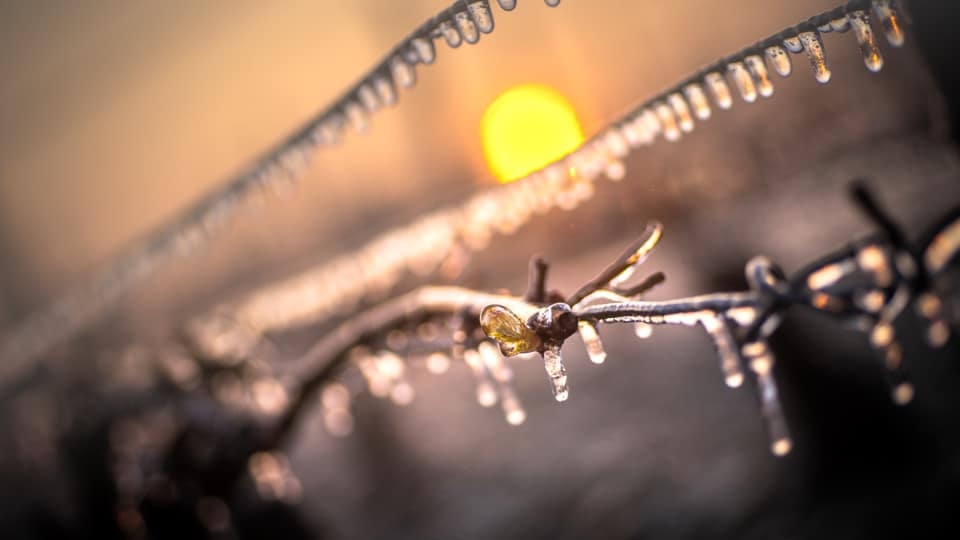
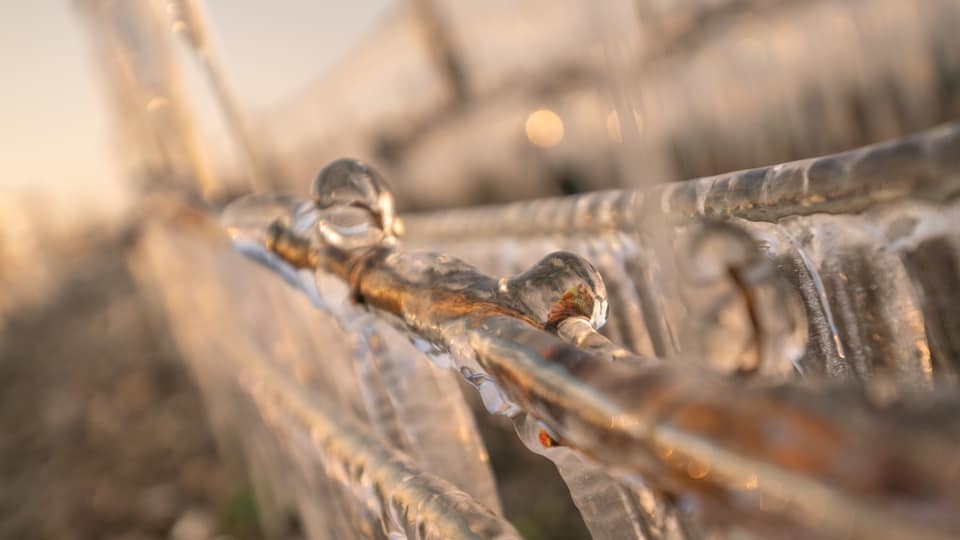
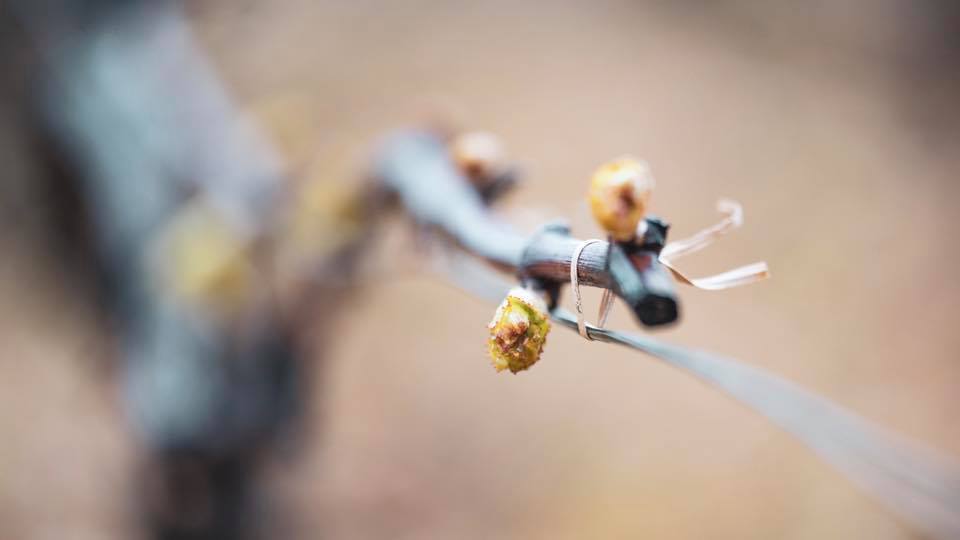
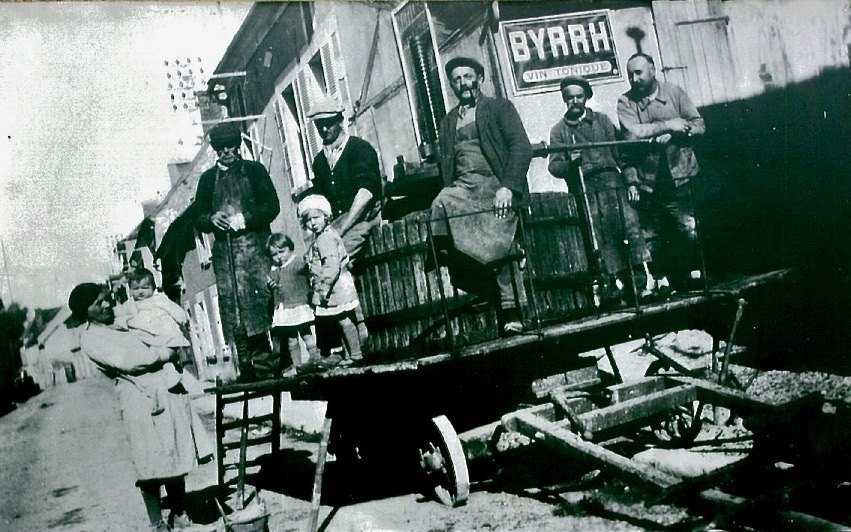

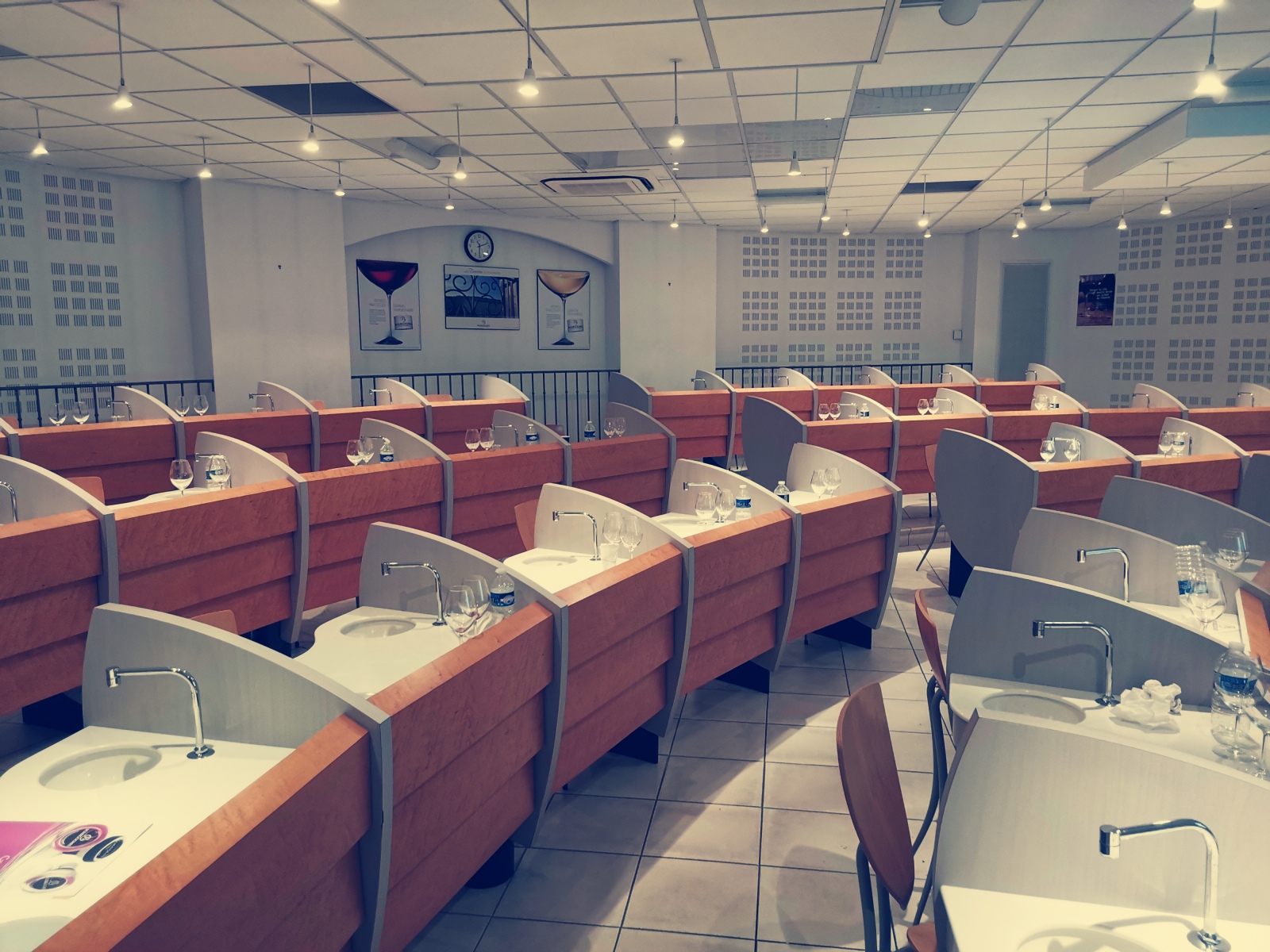
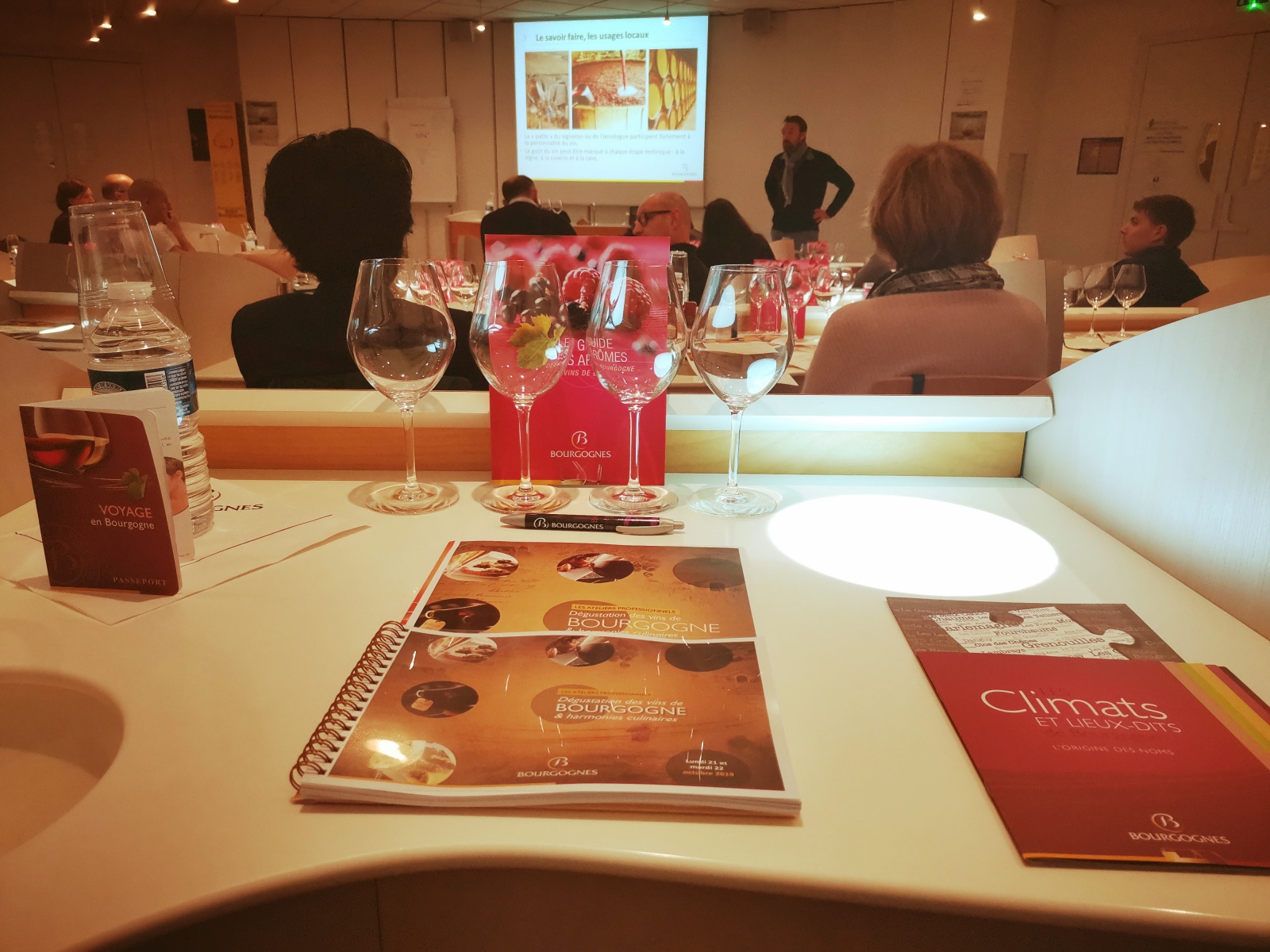
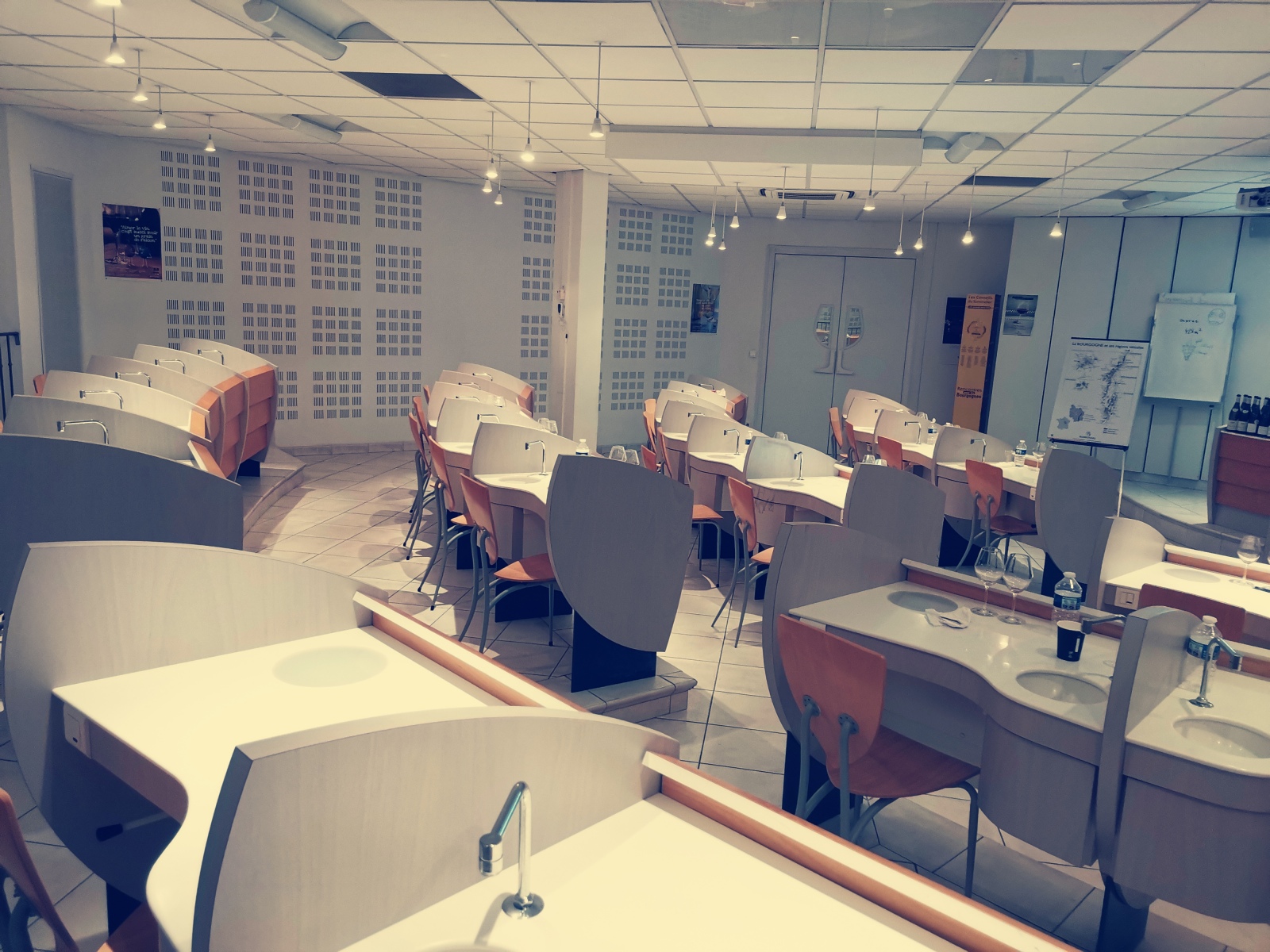
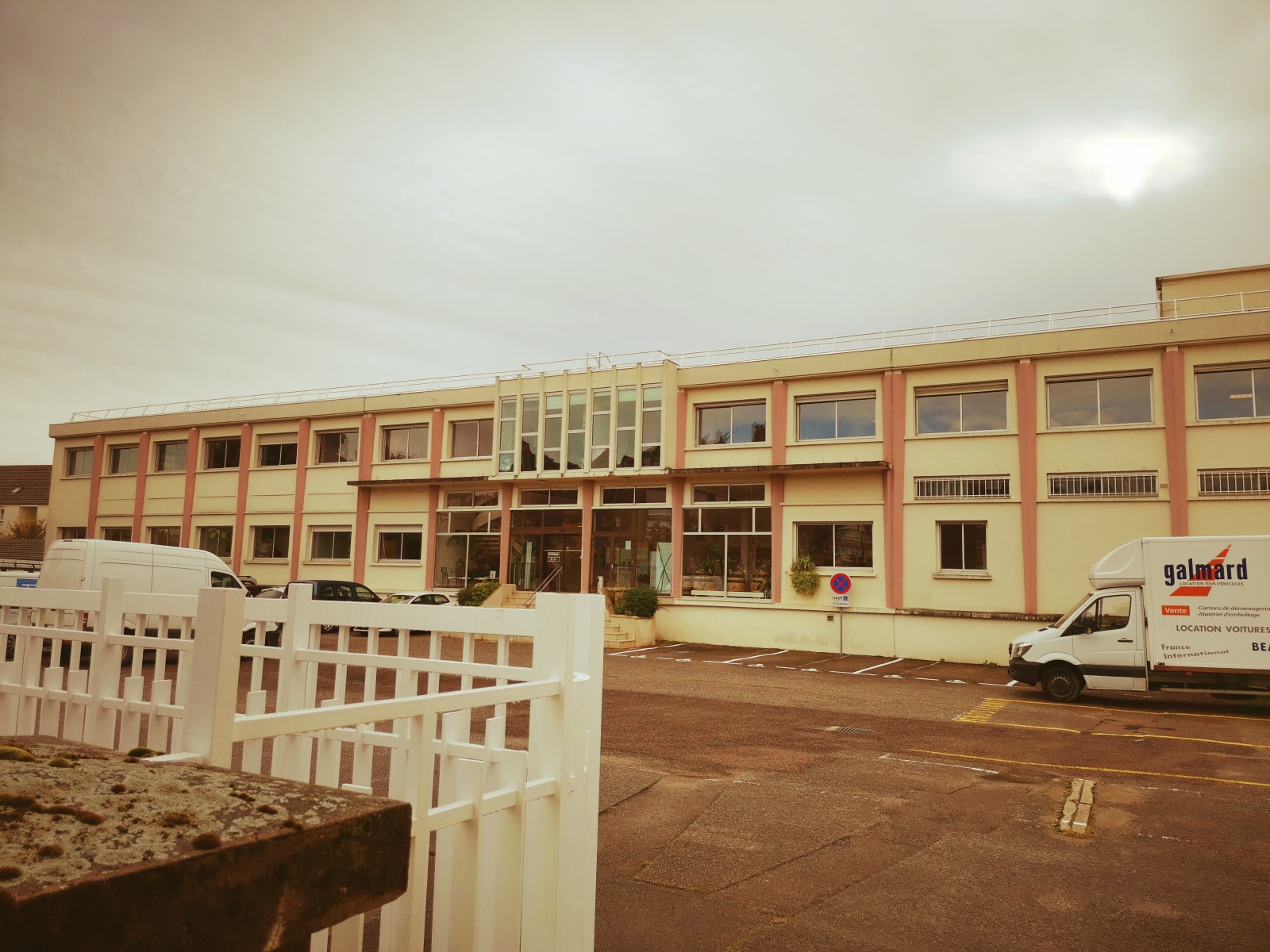
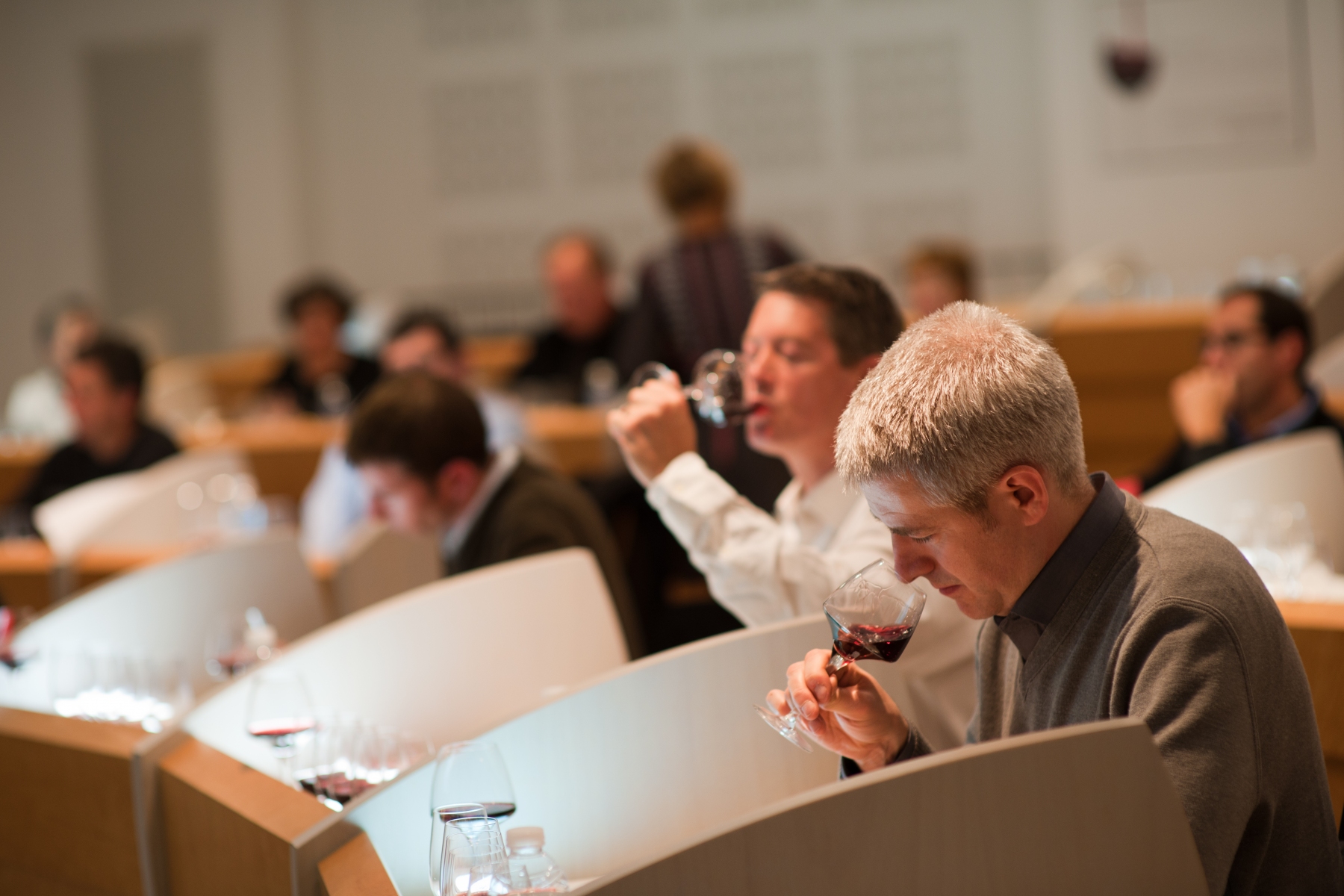
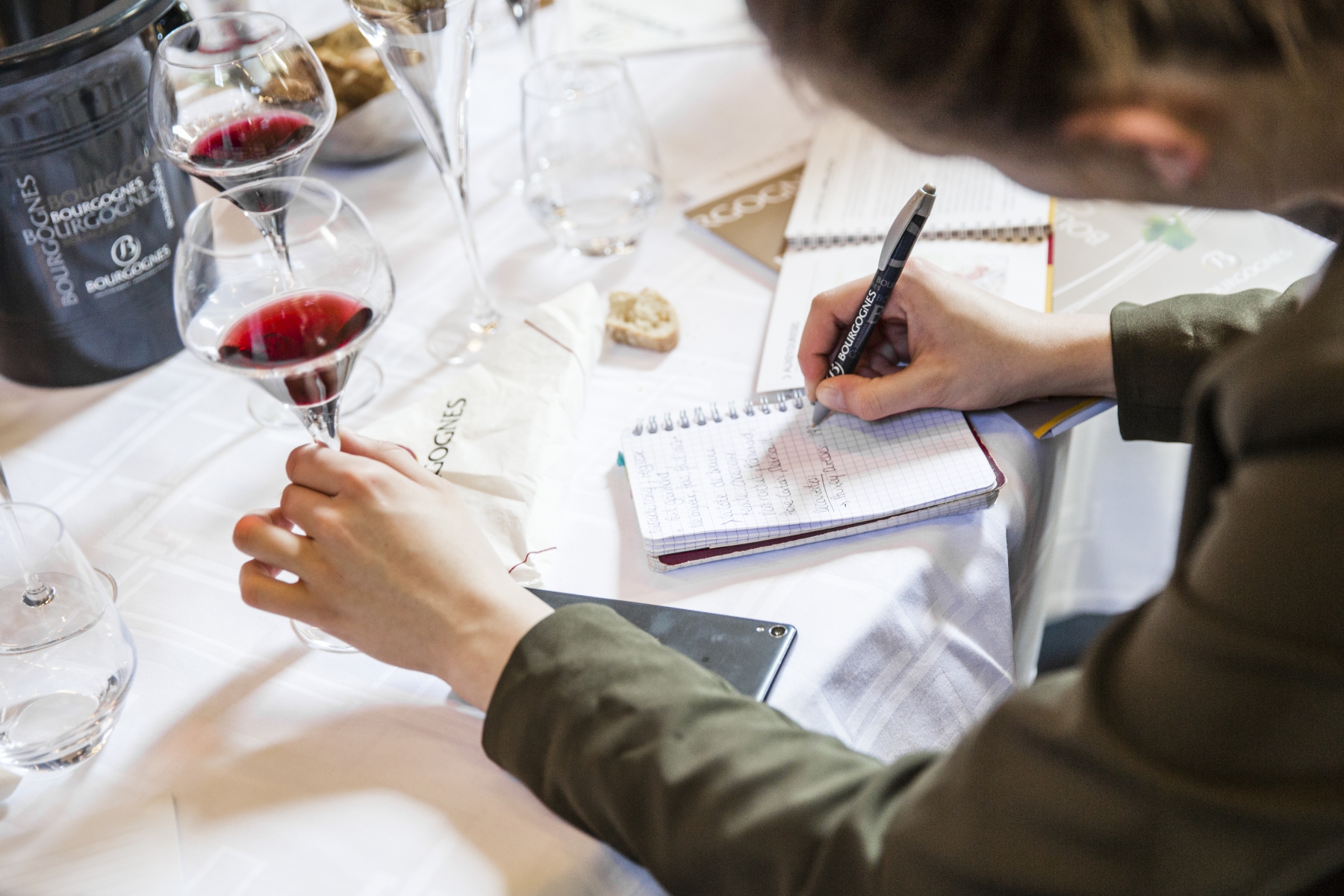

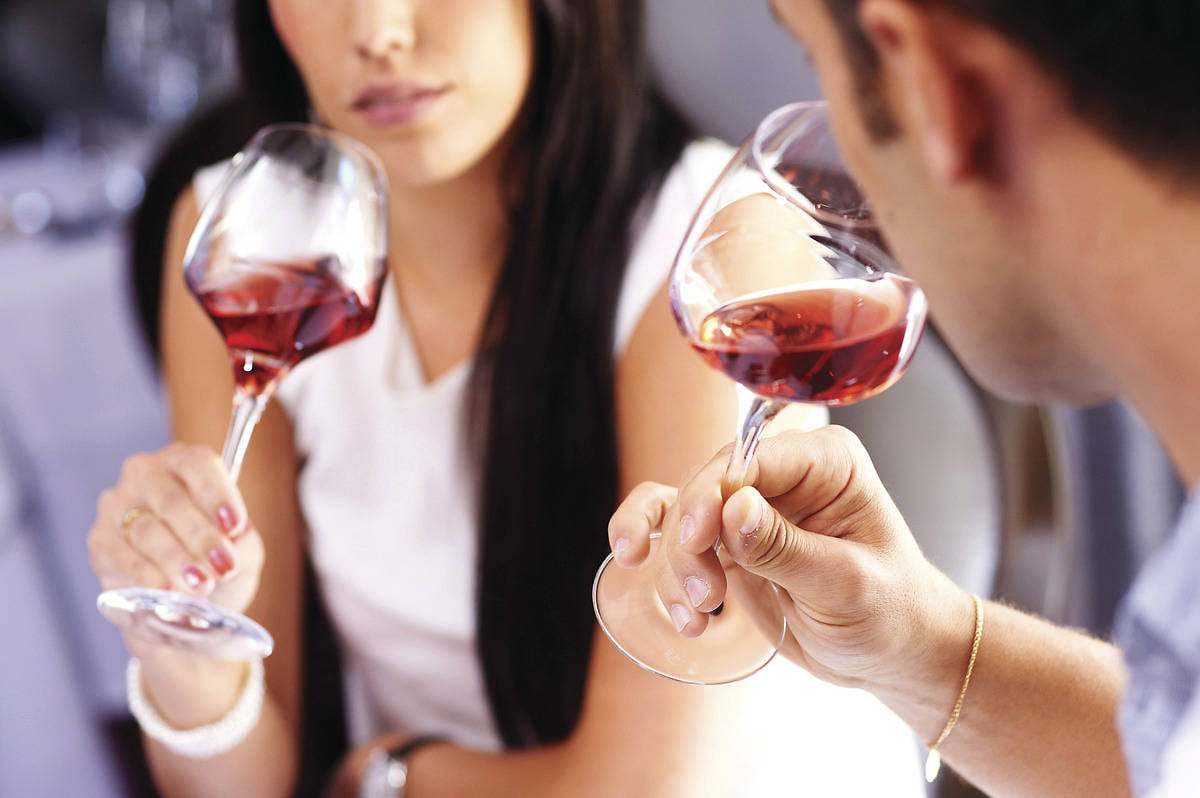
















1 thought on “Get introduced into the multiple Burgundy wines and learn more in the BIVB wine school, in Beaune!”
Comments are closed.